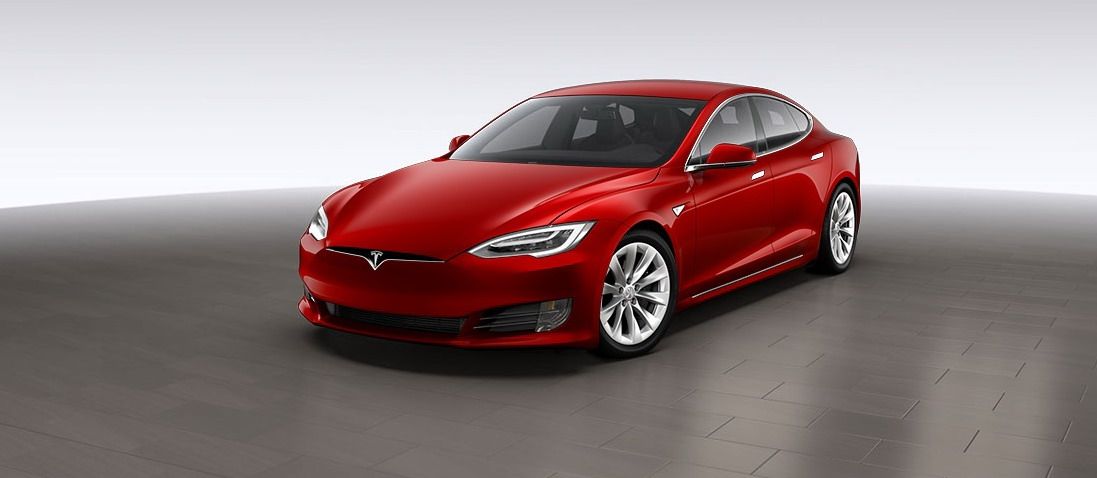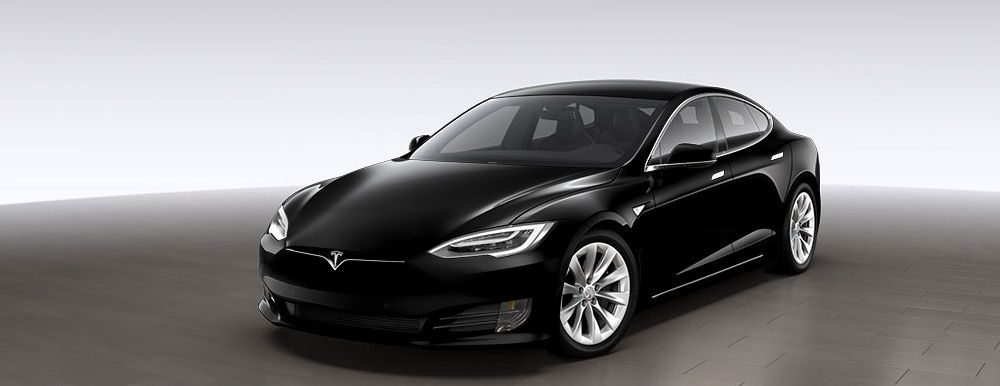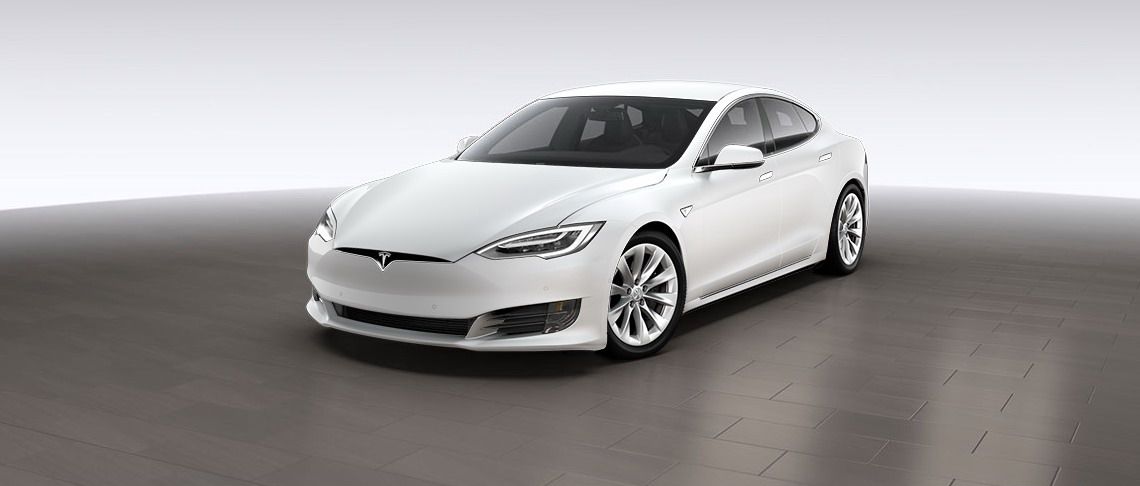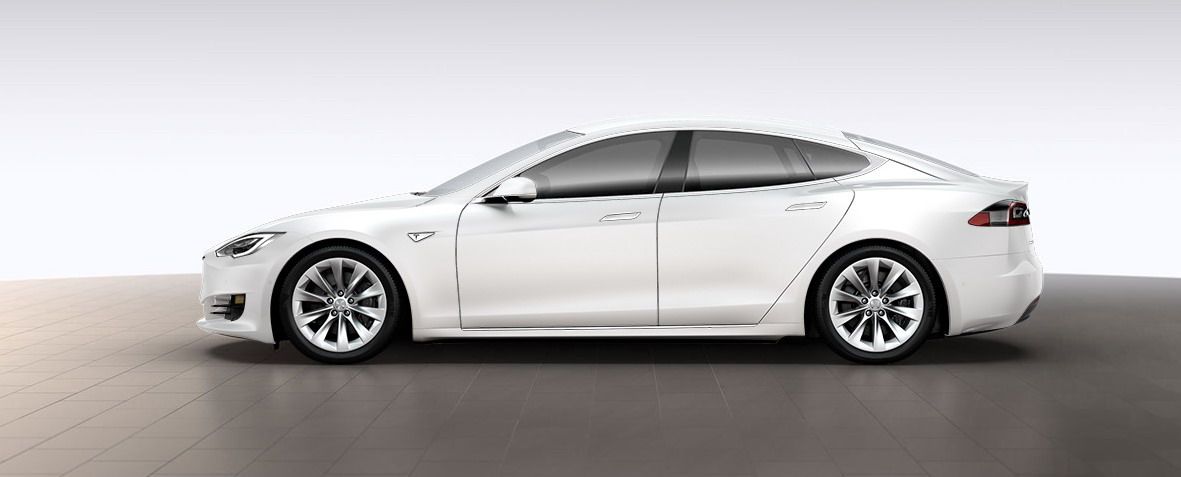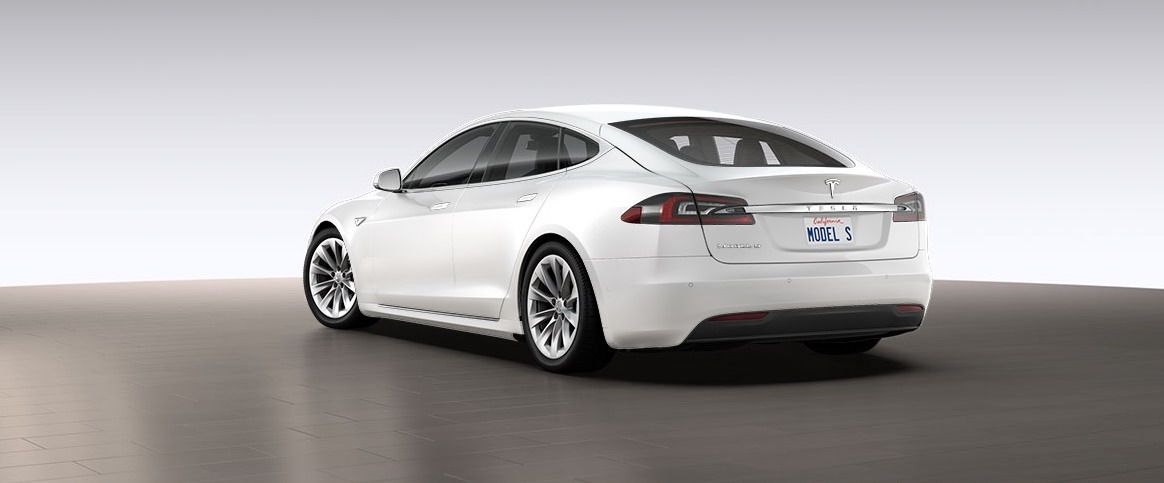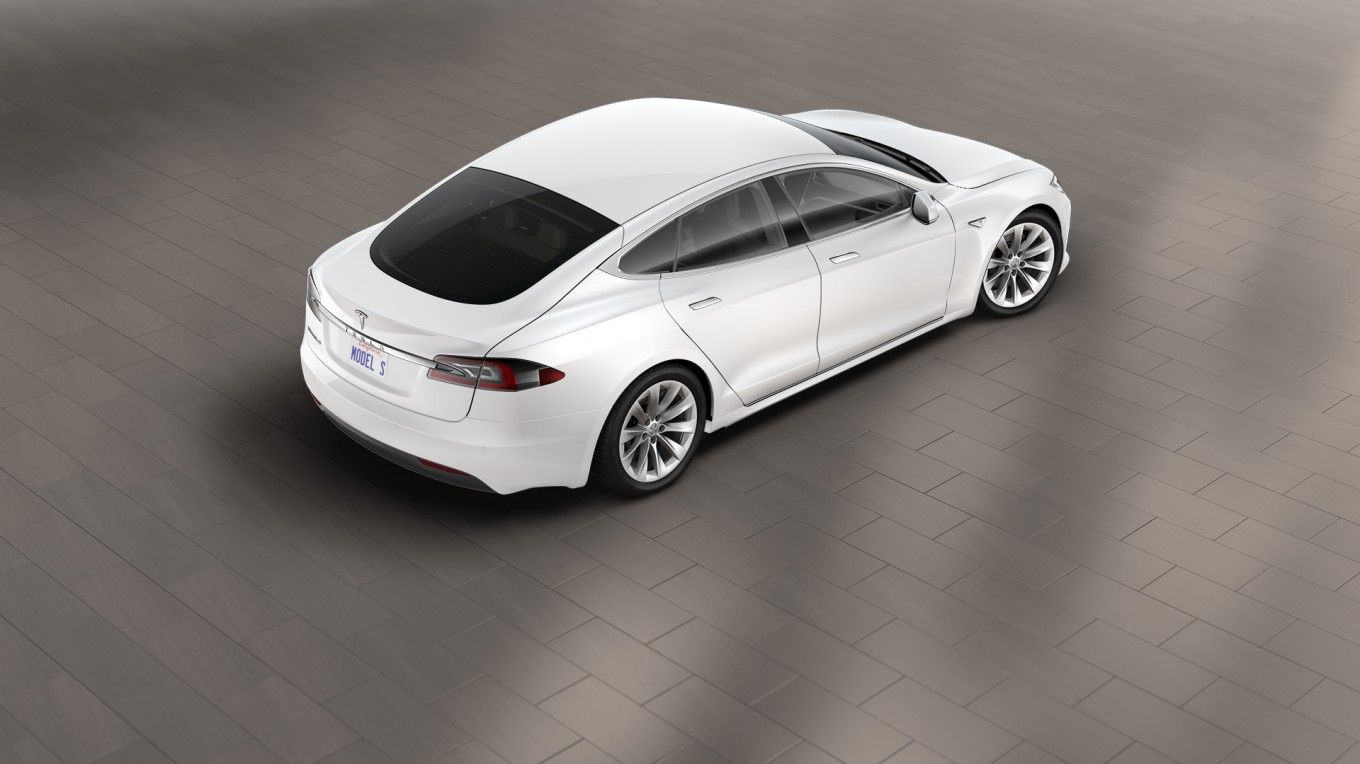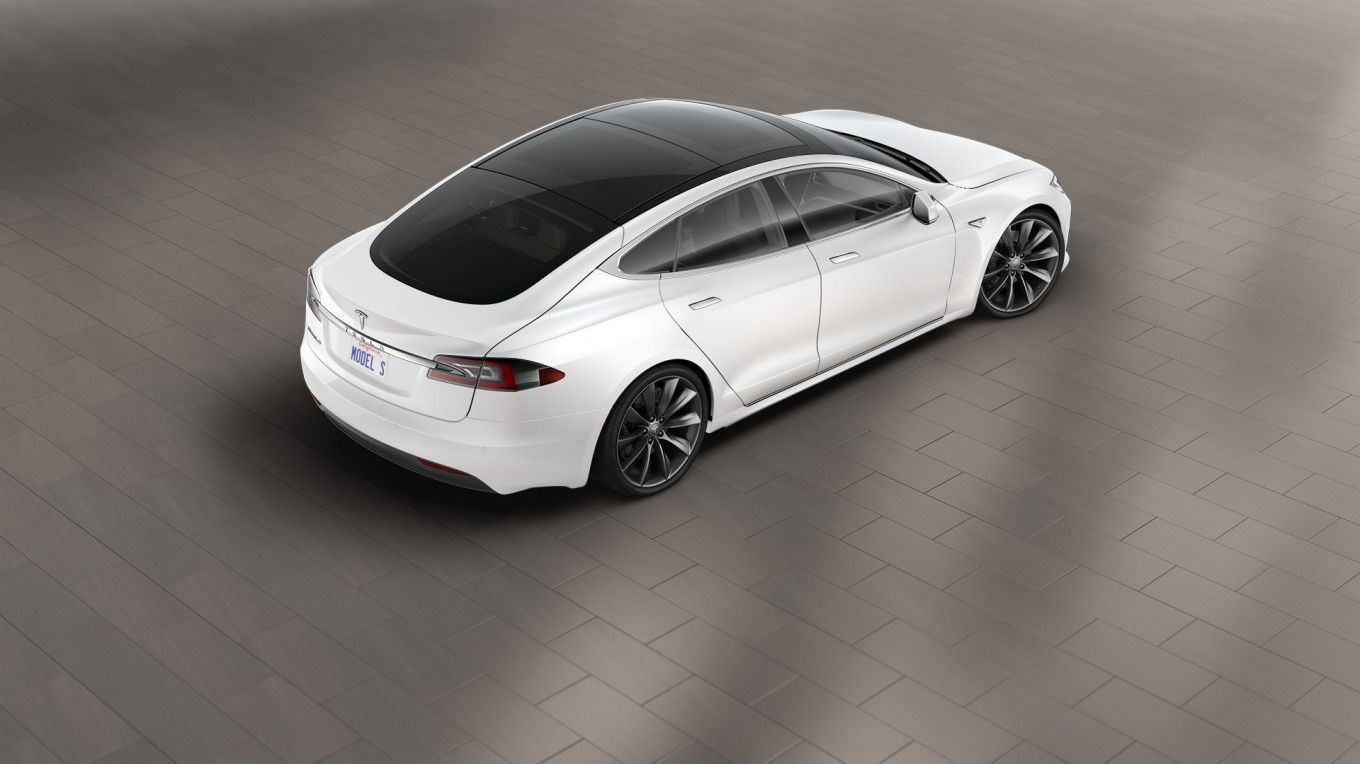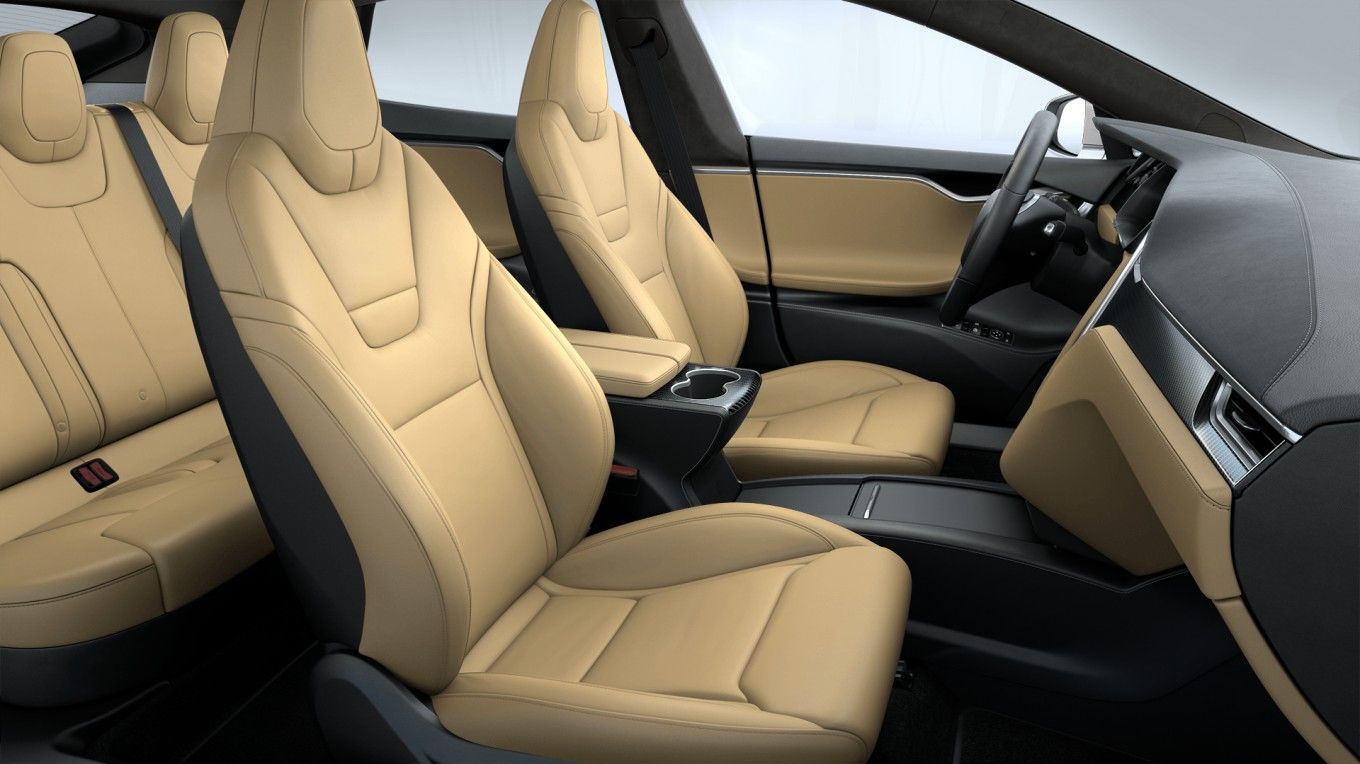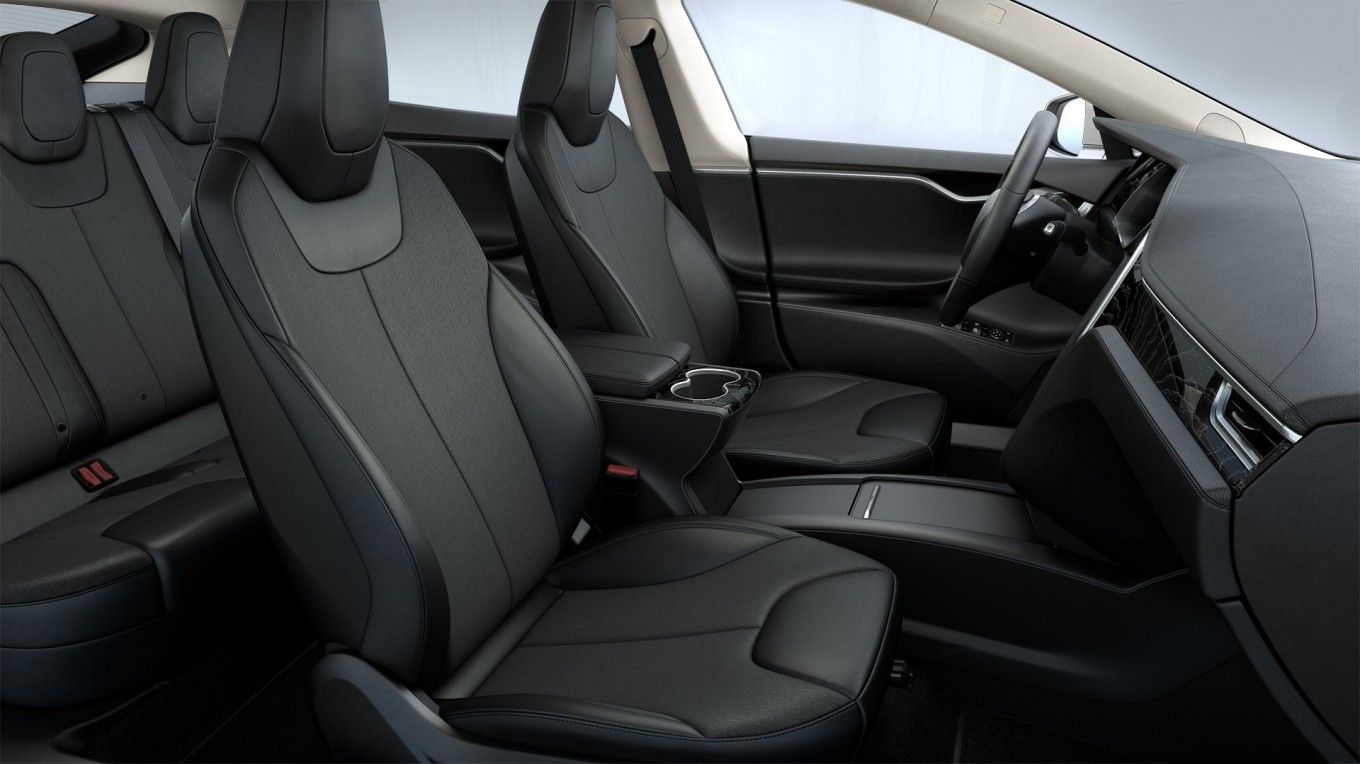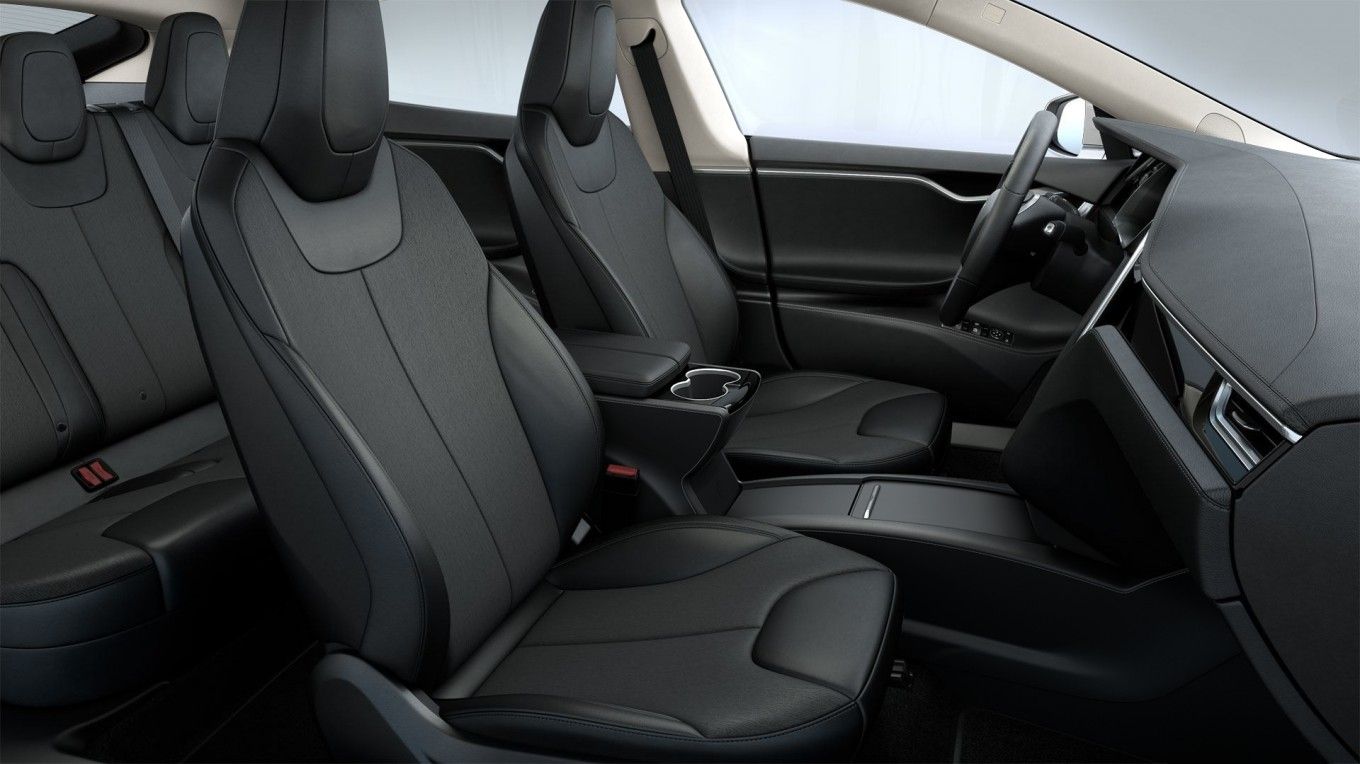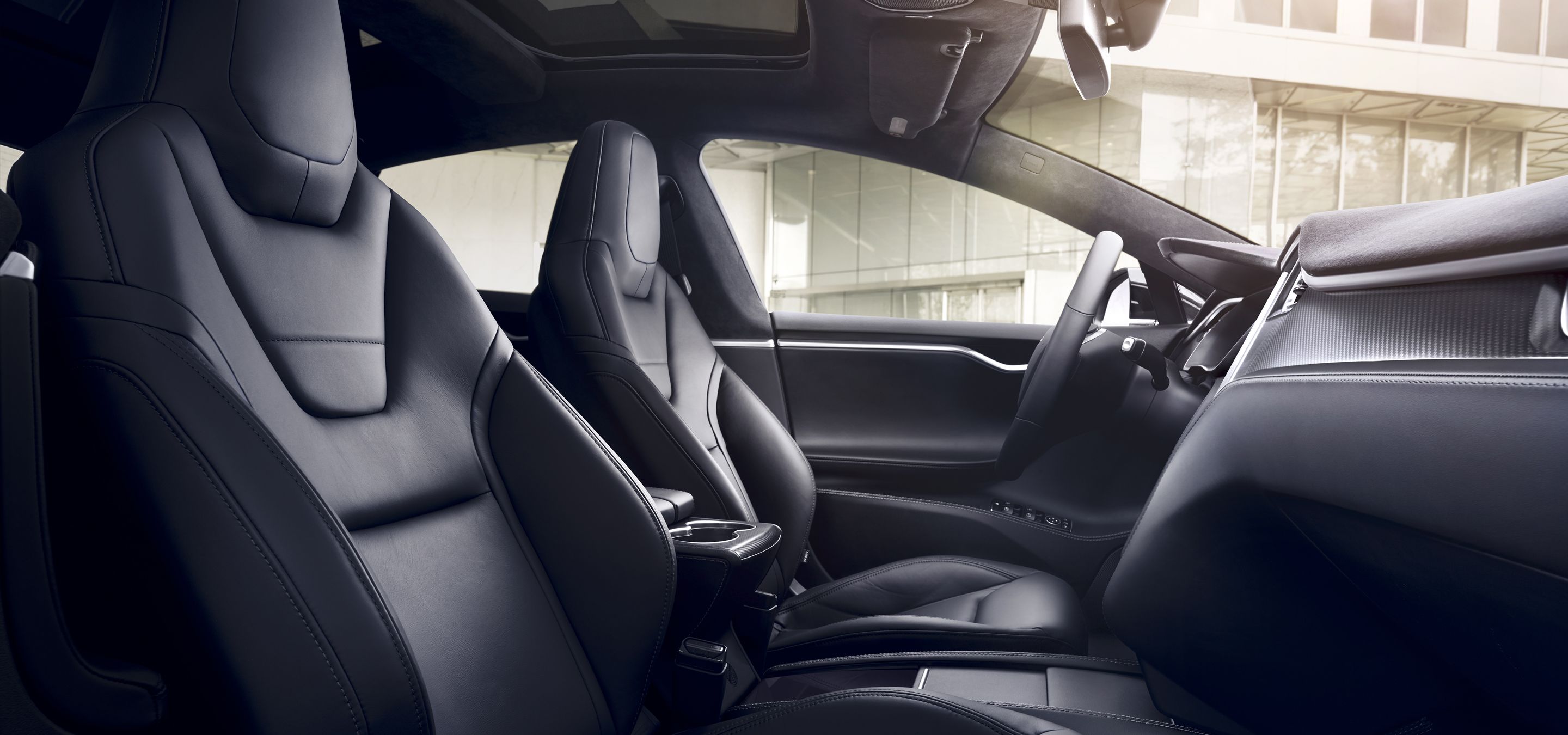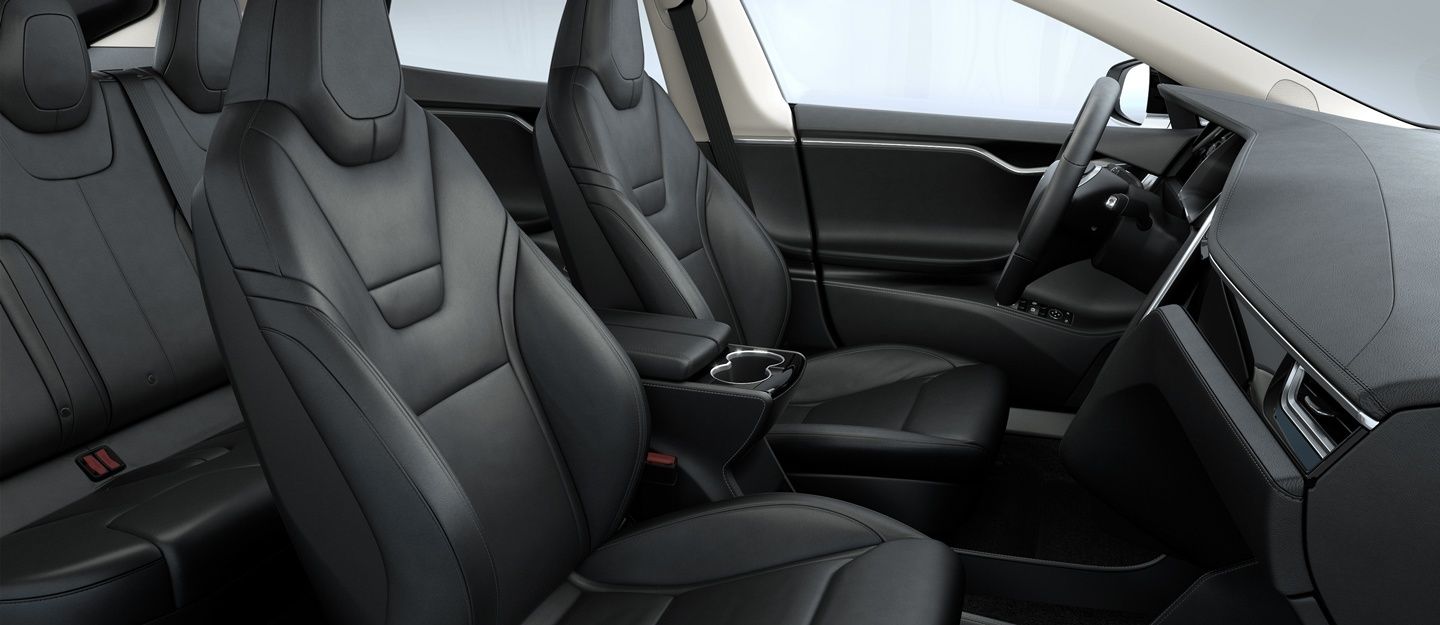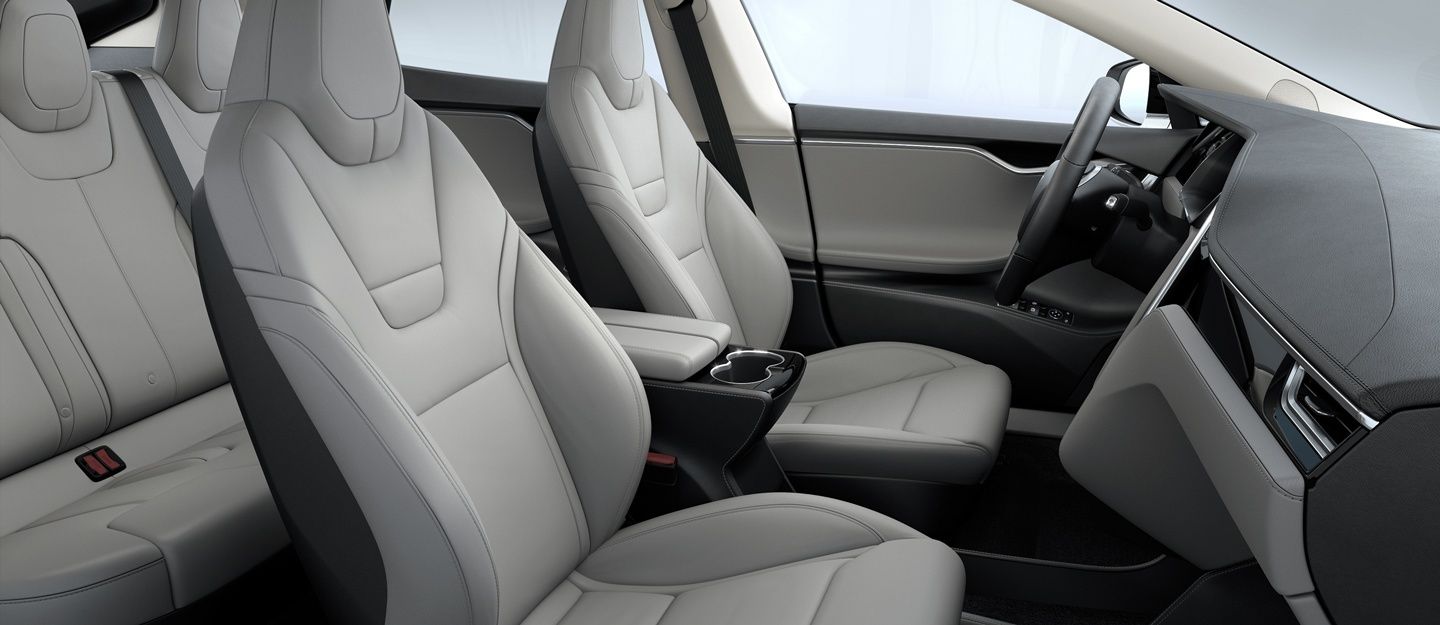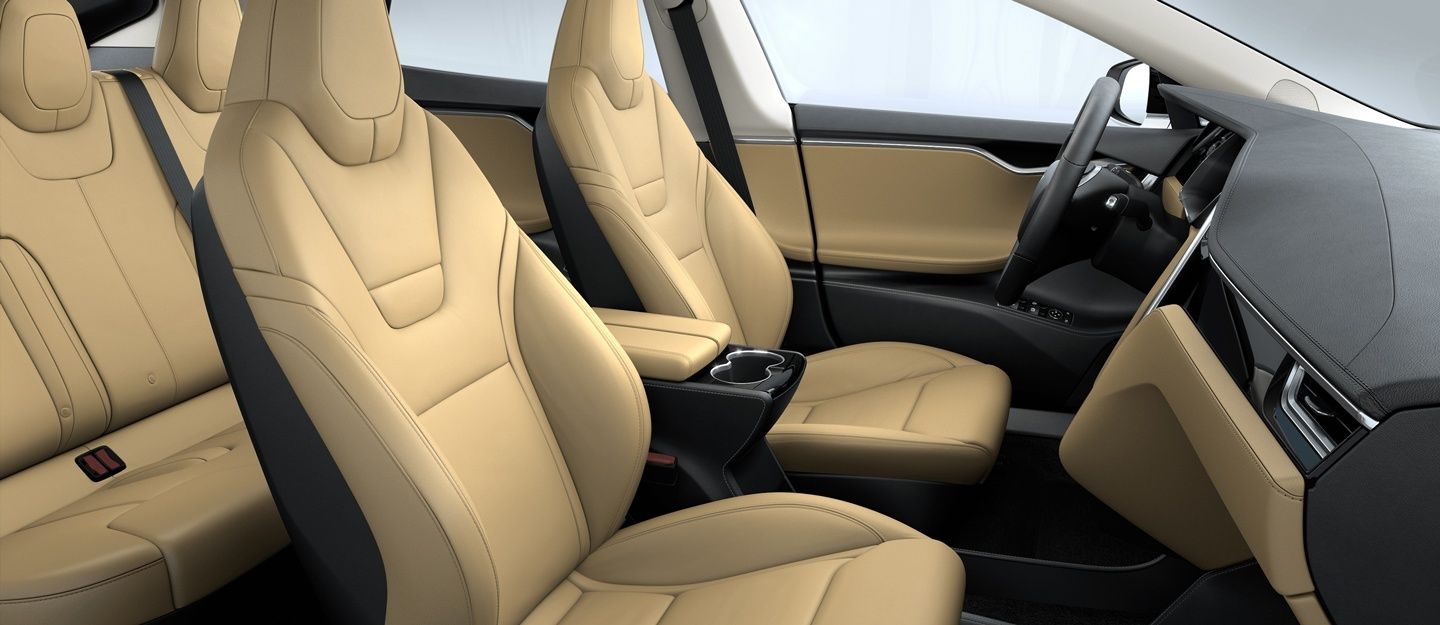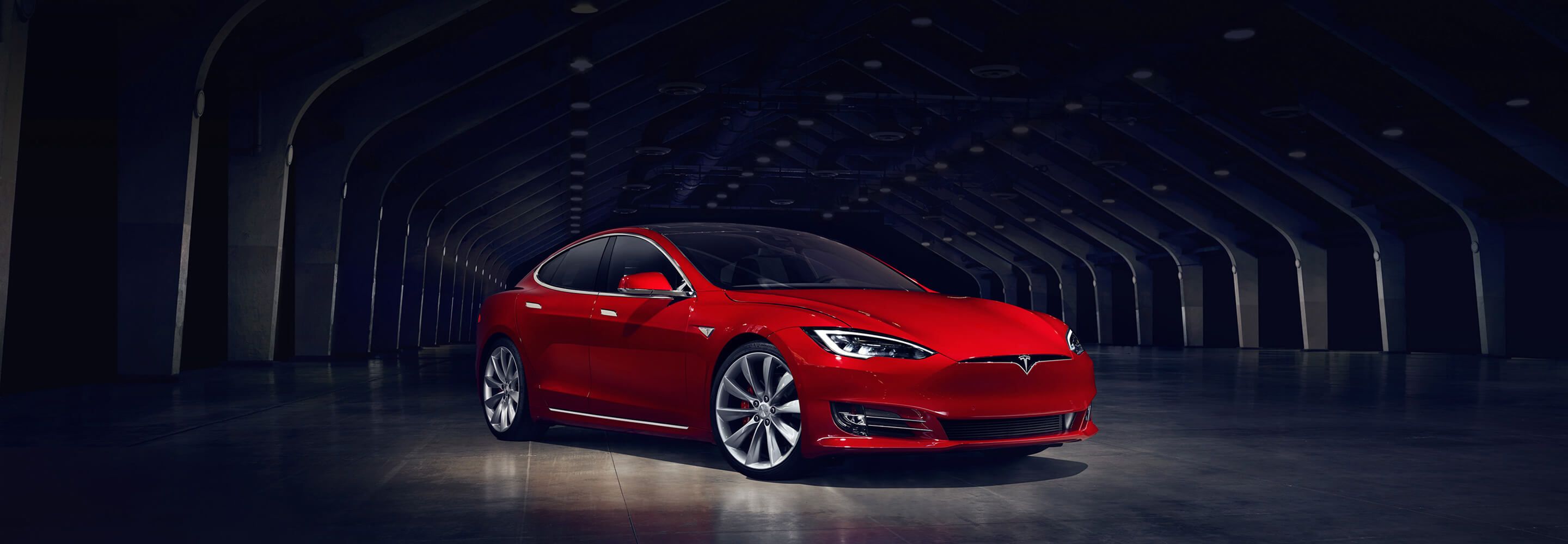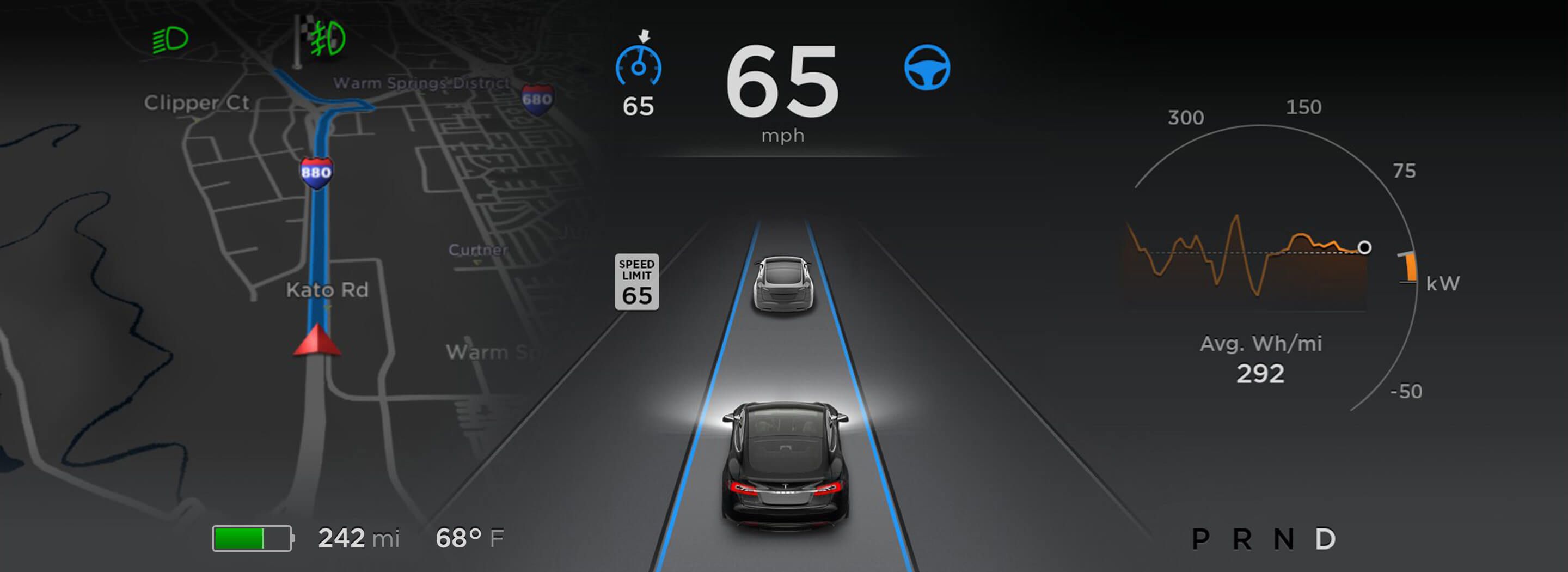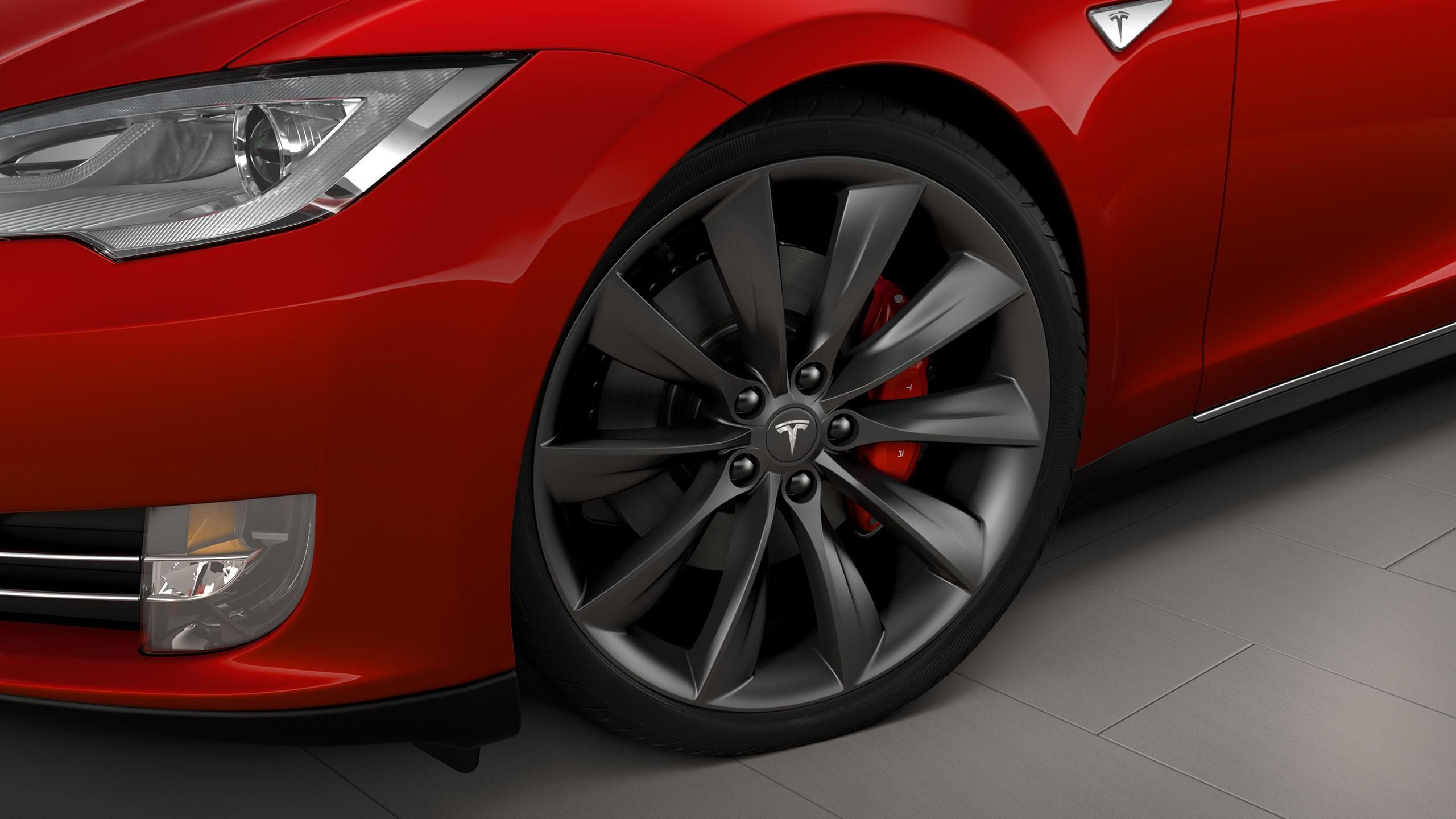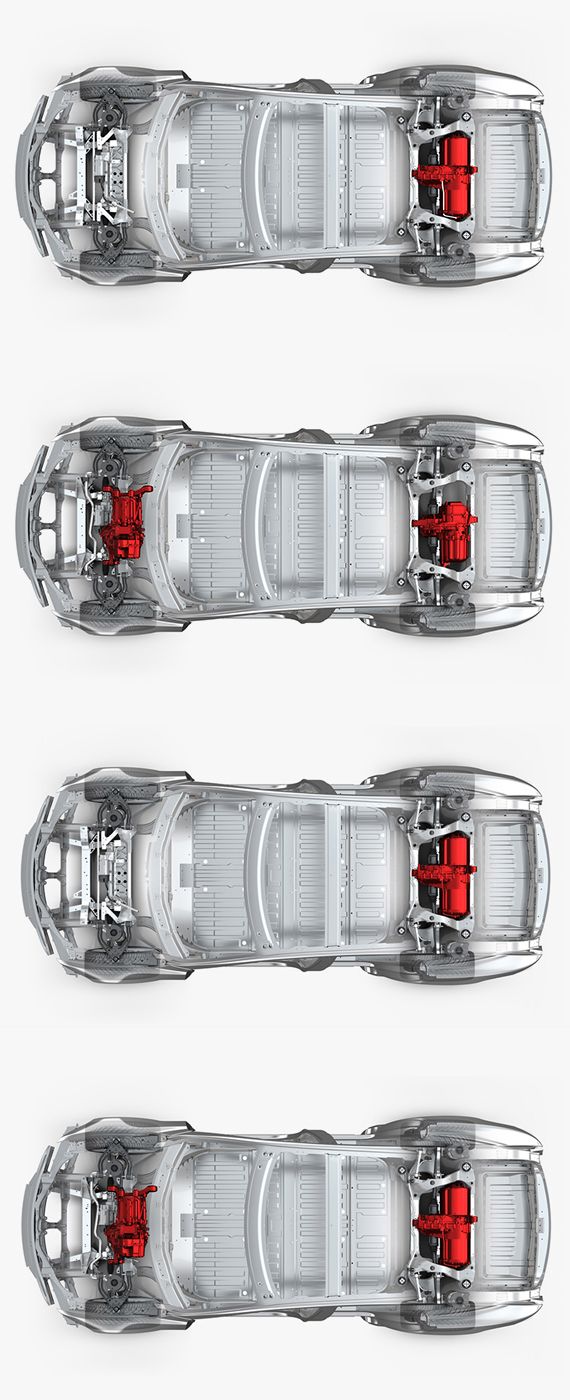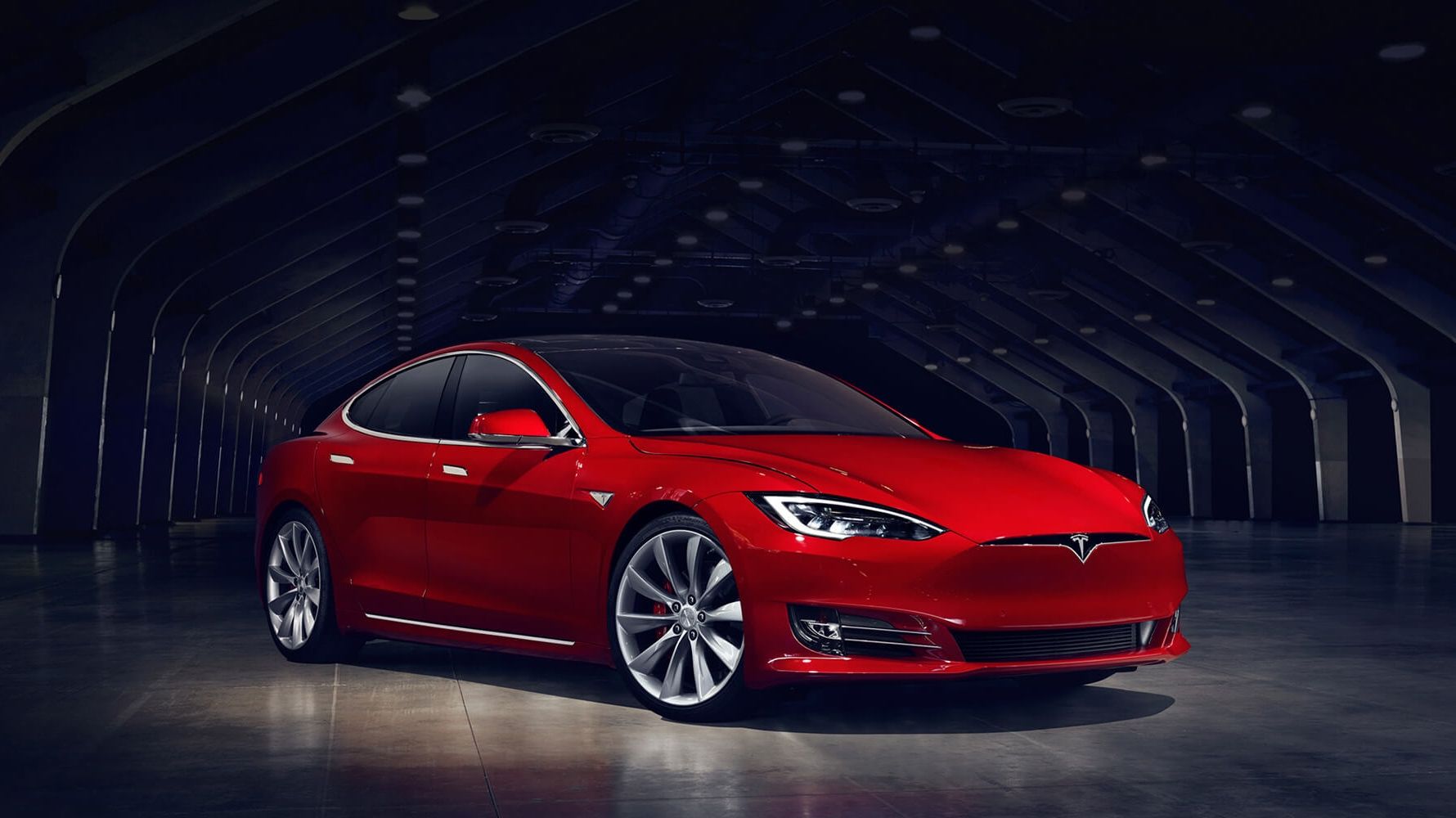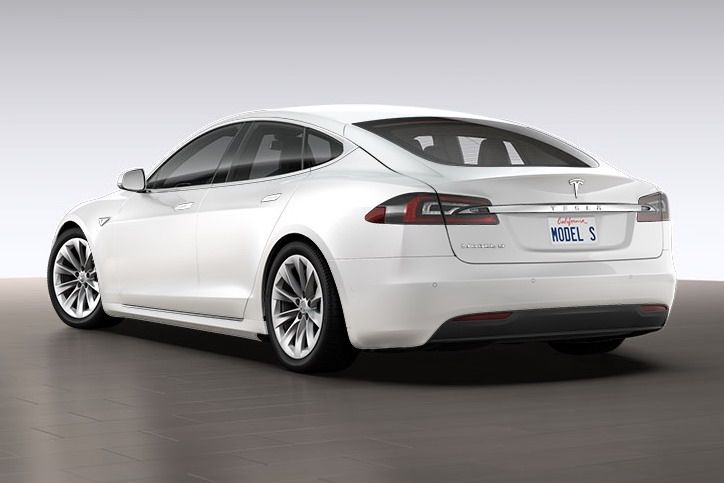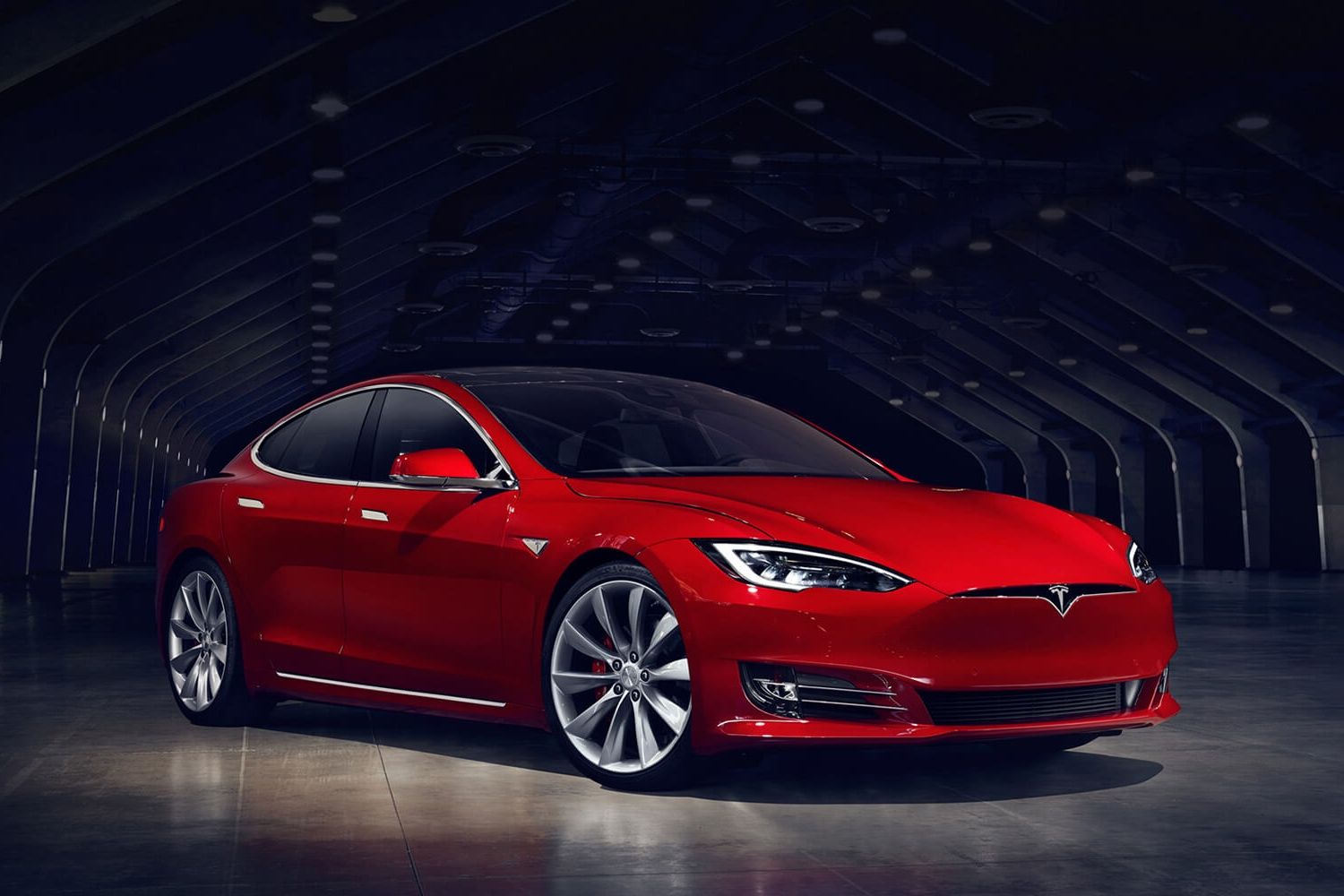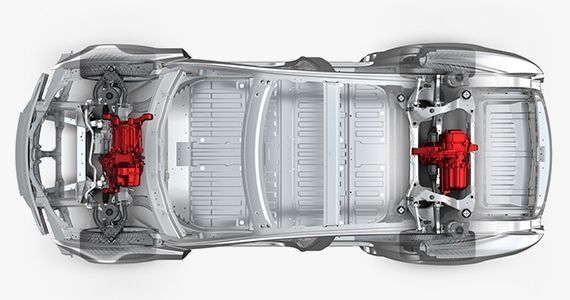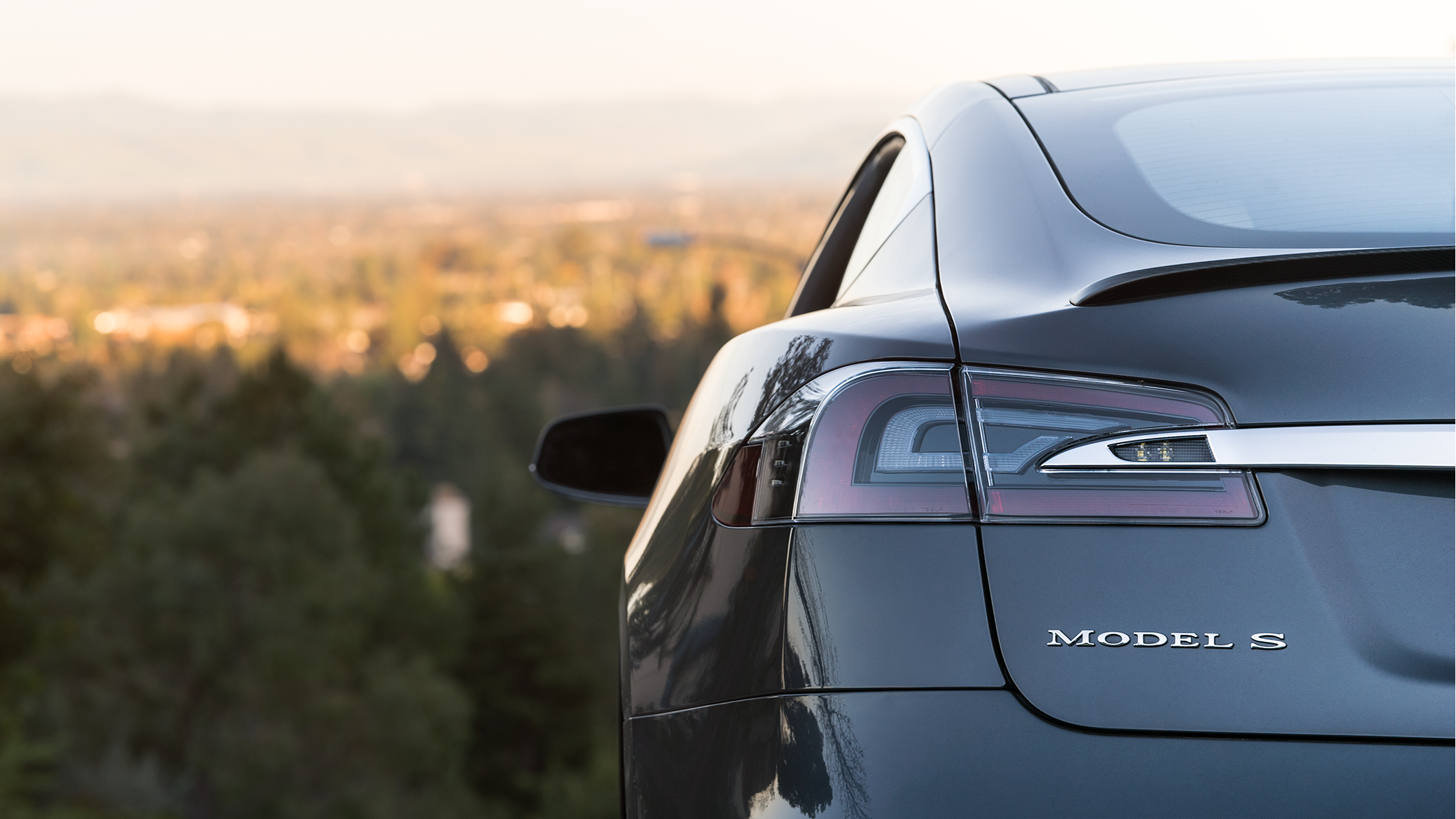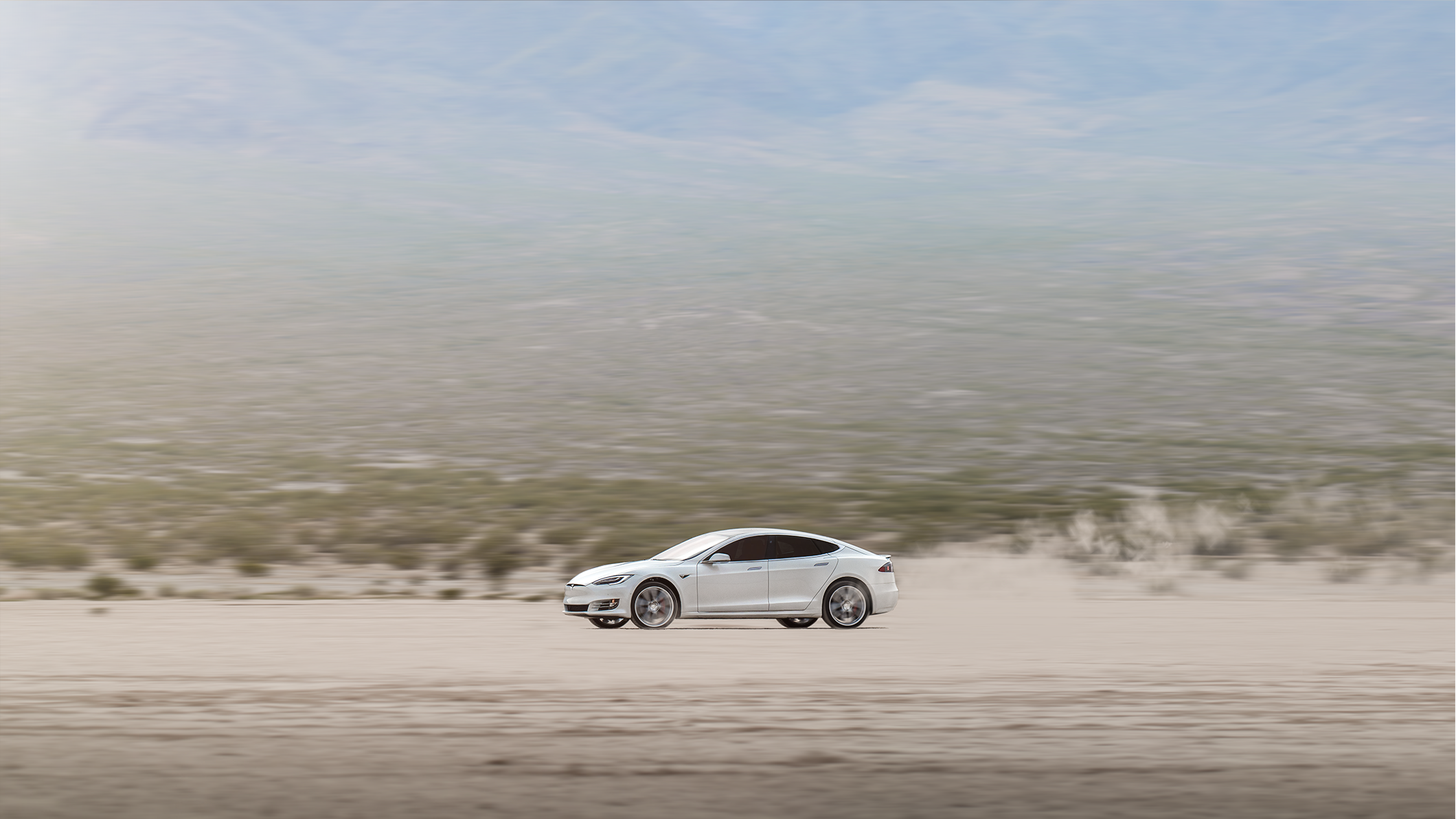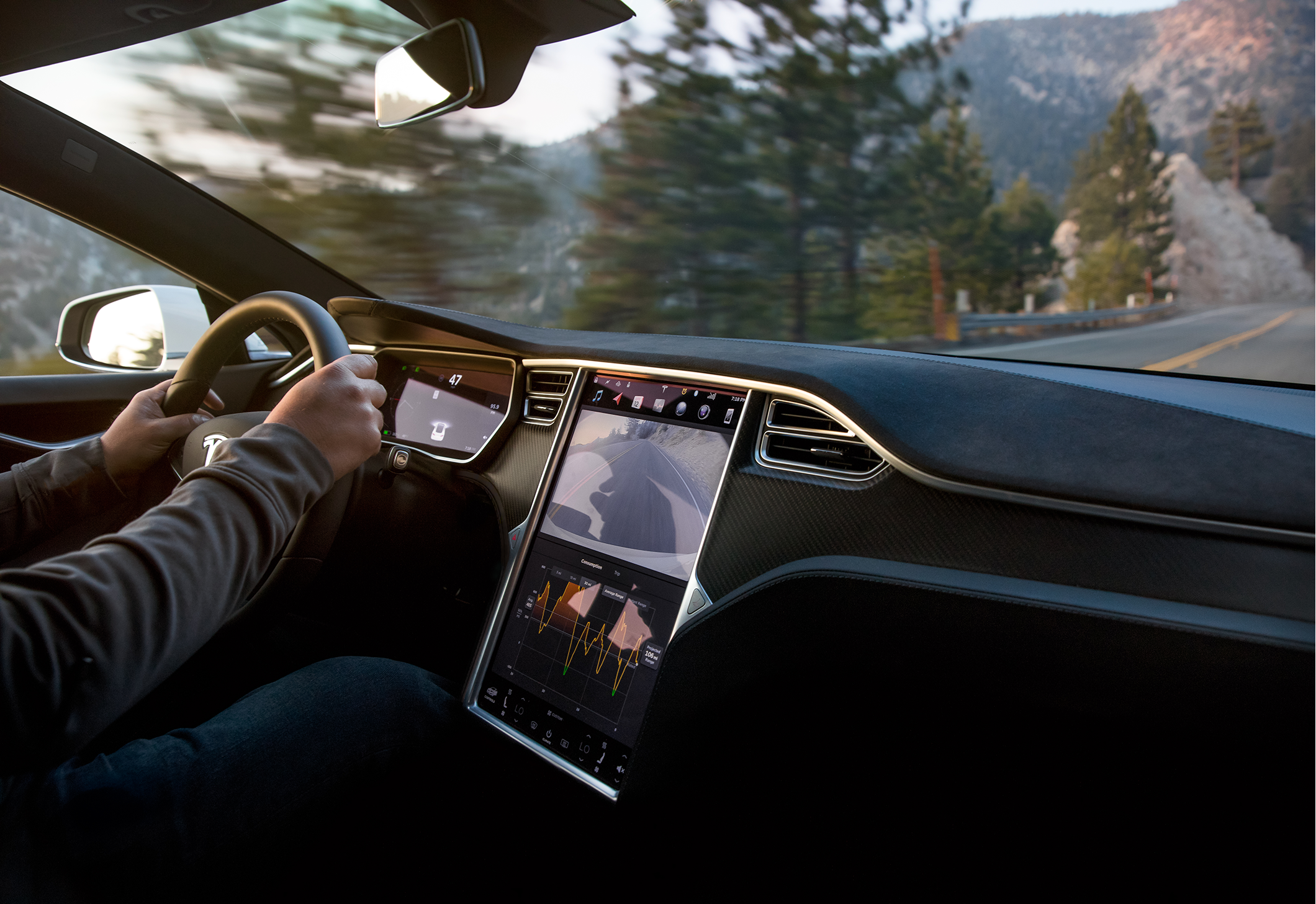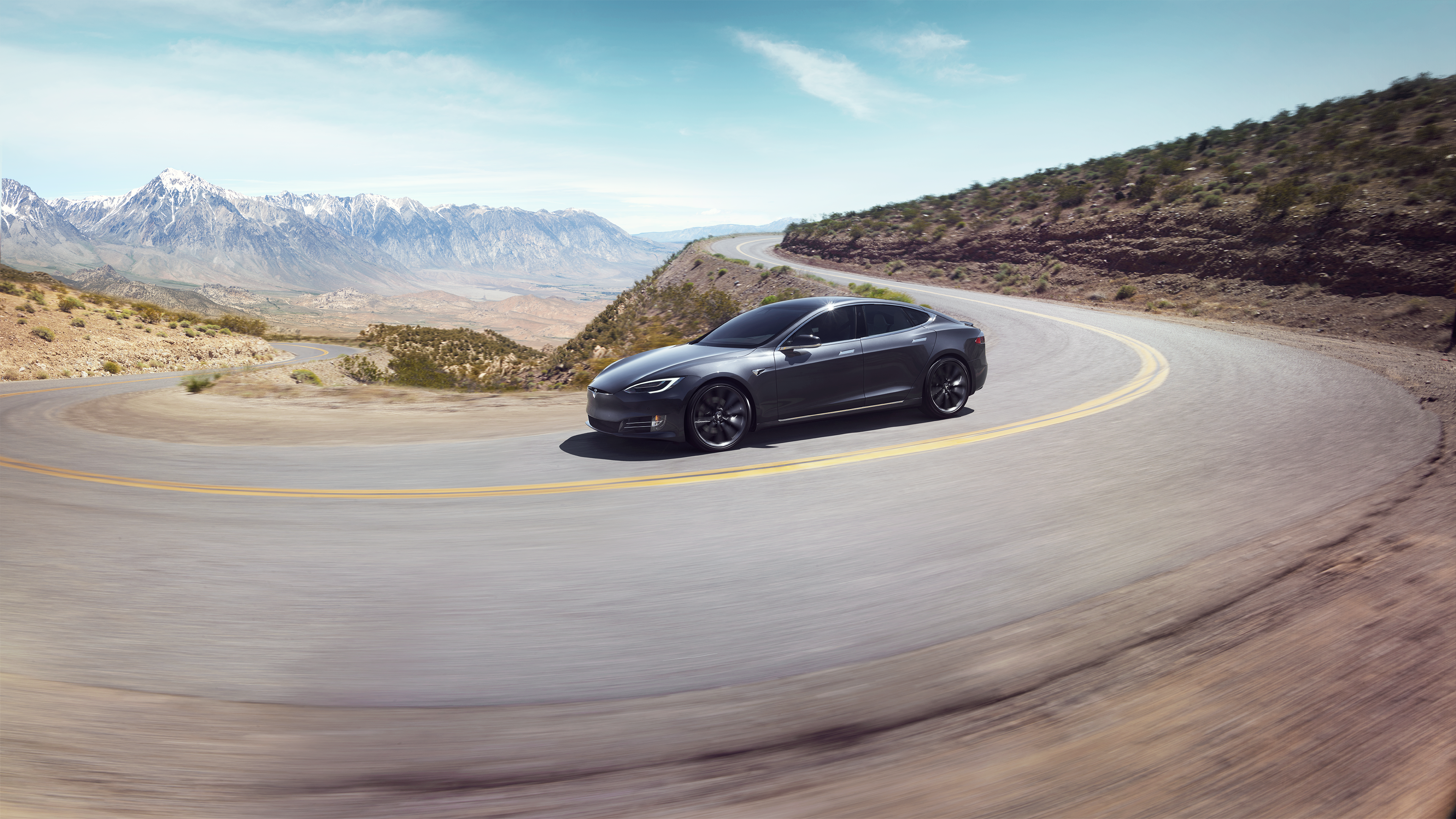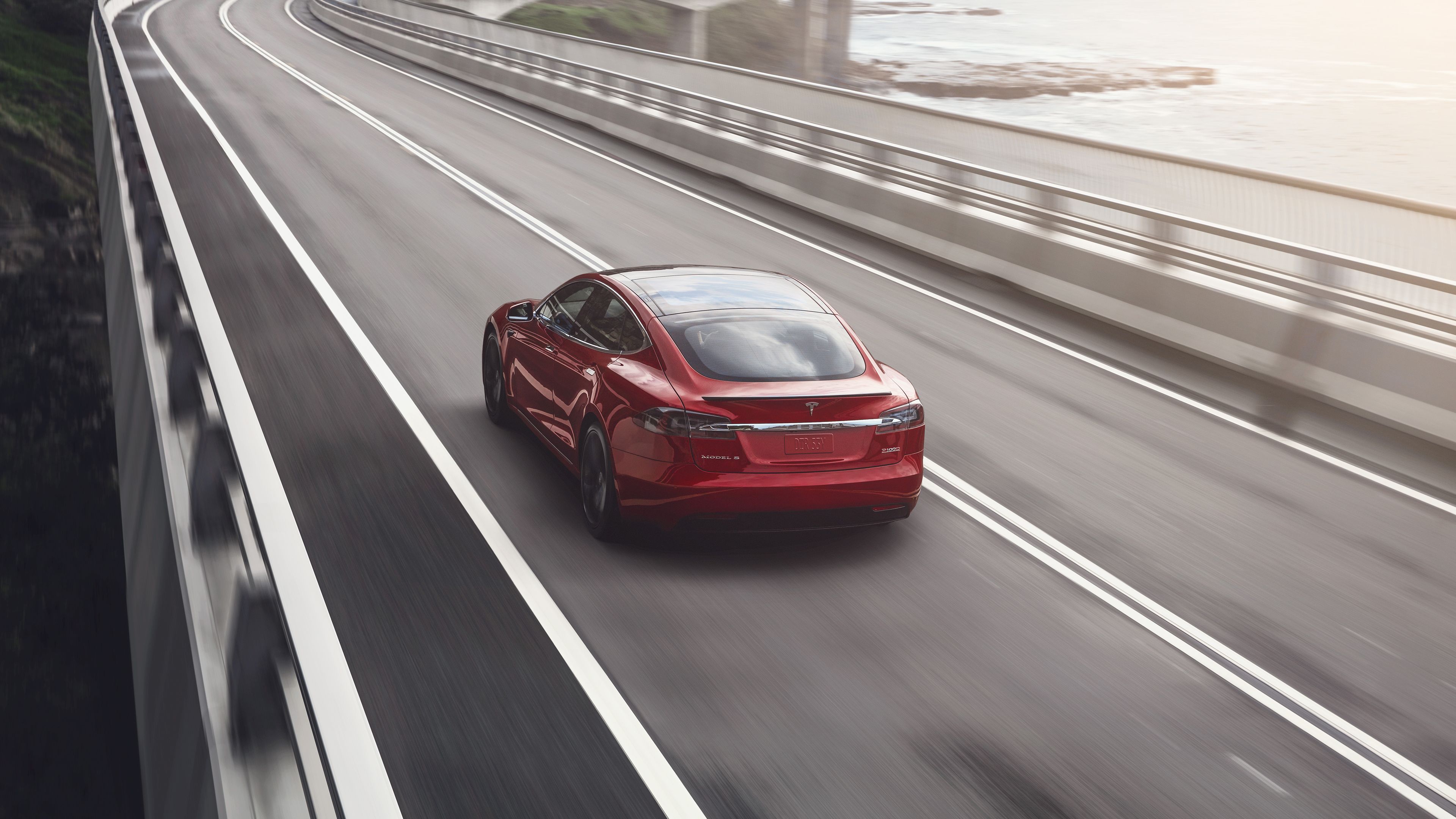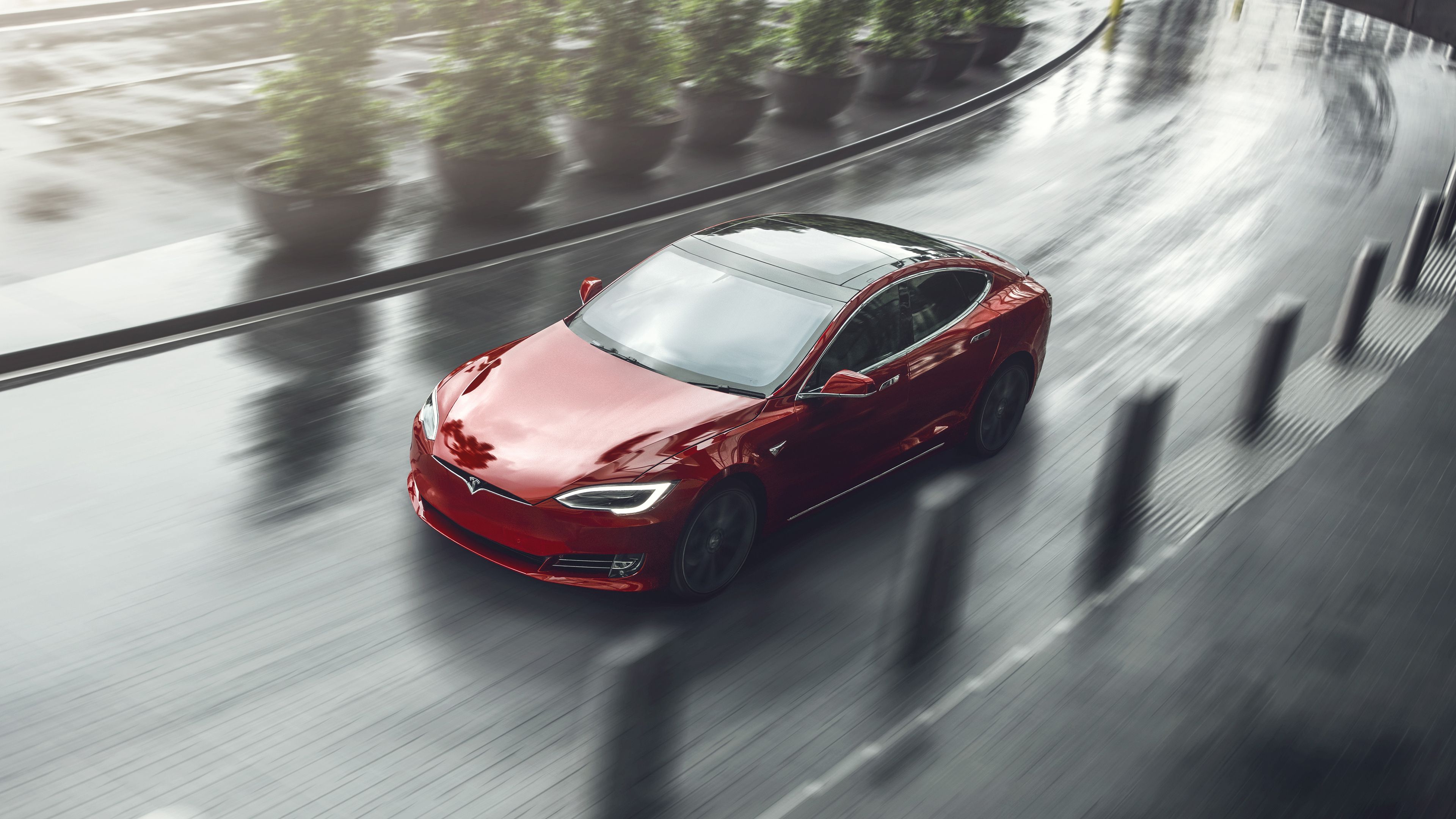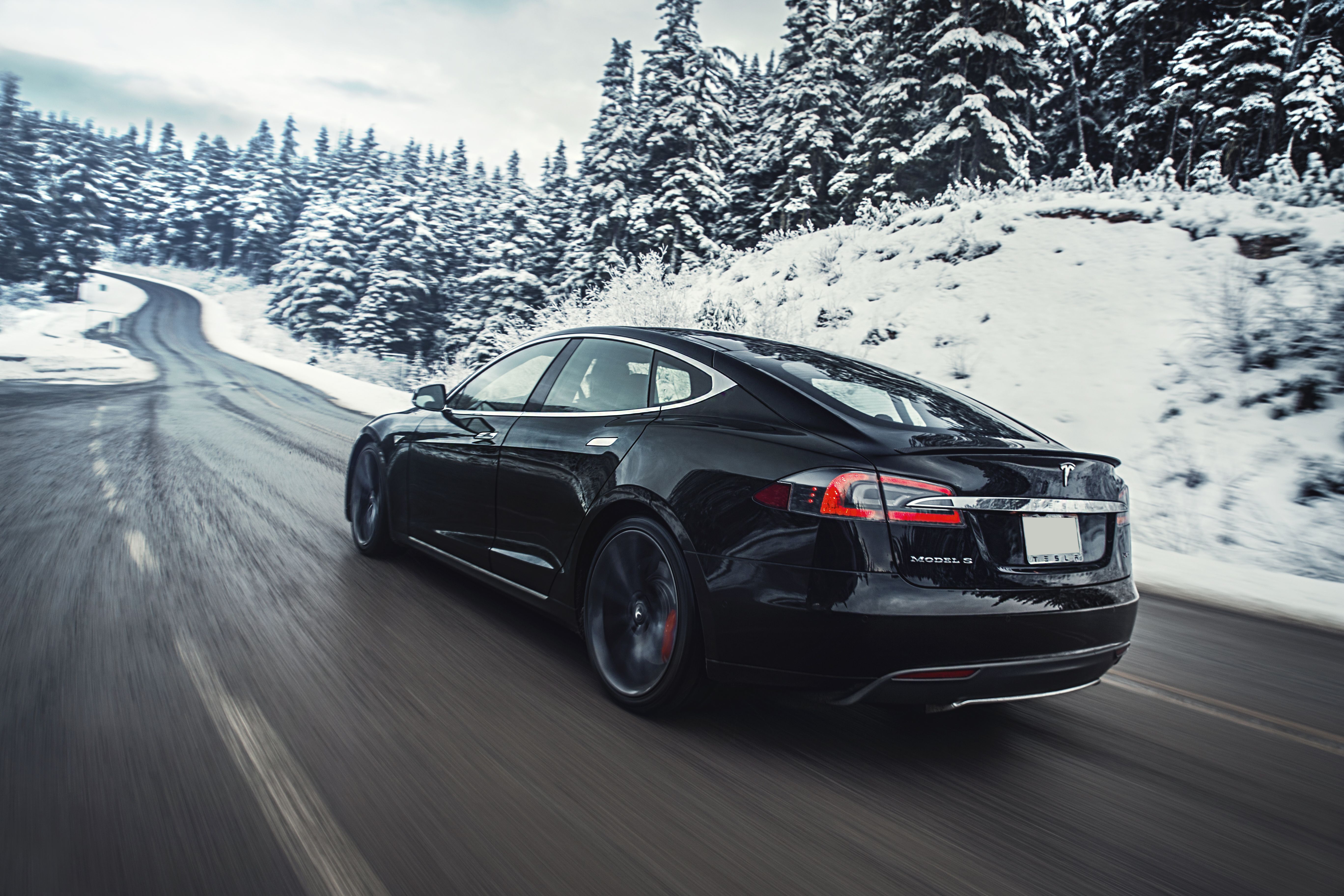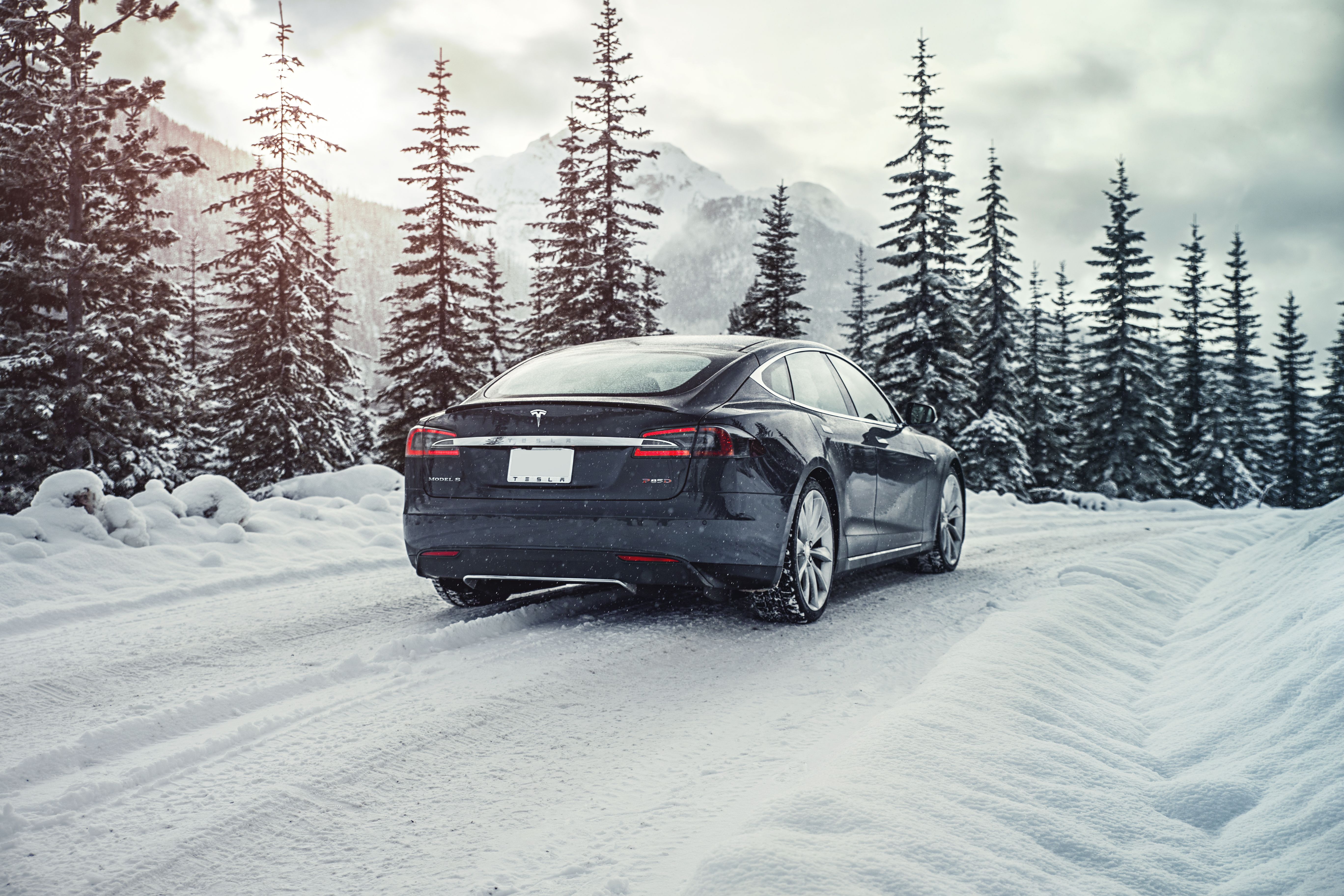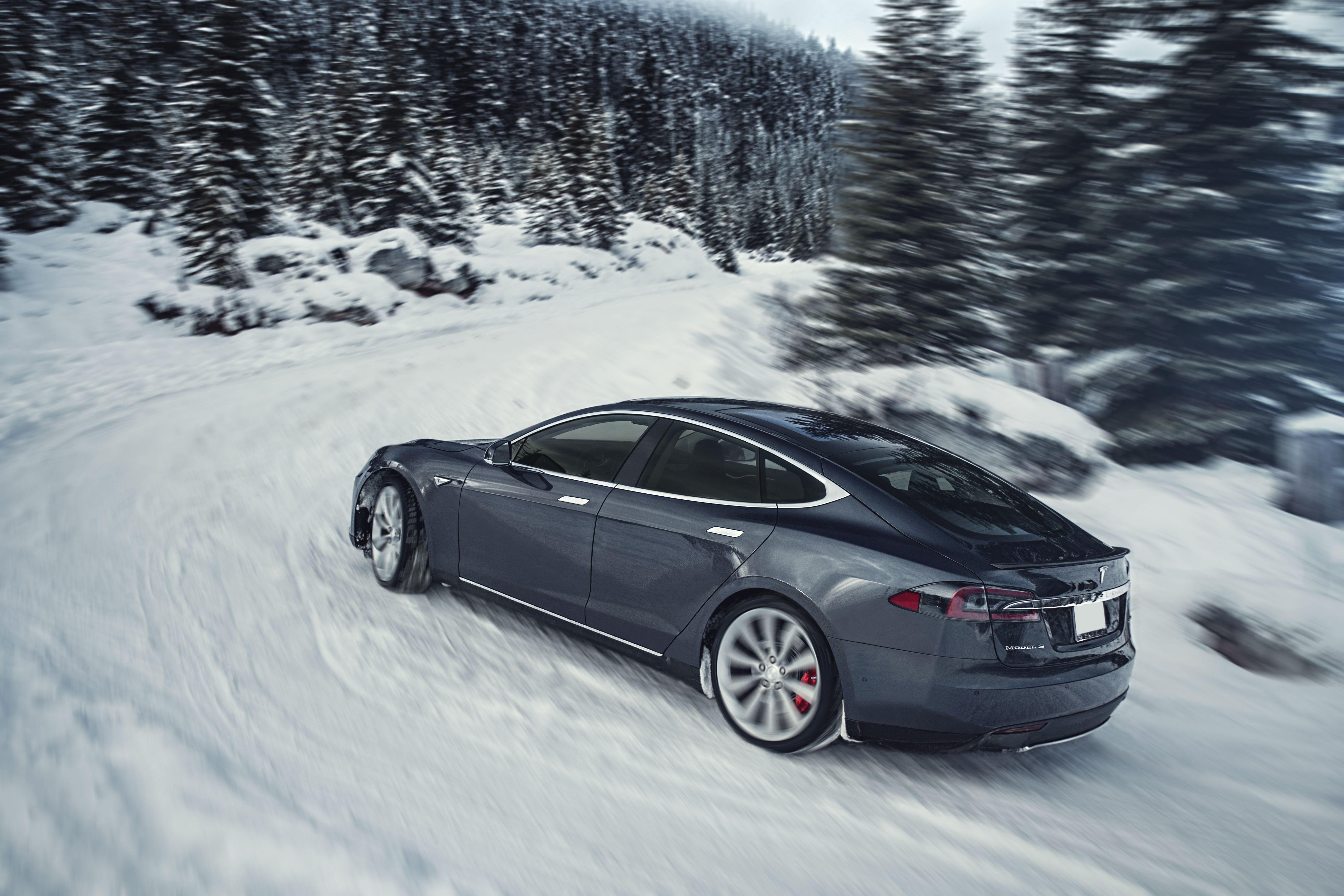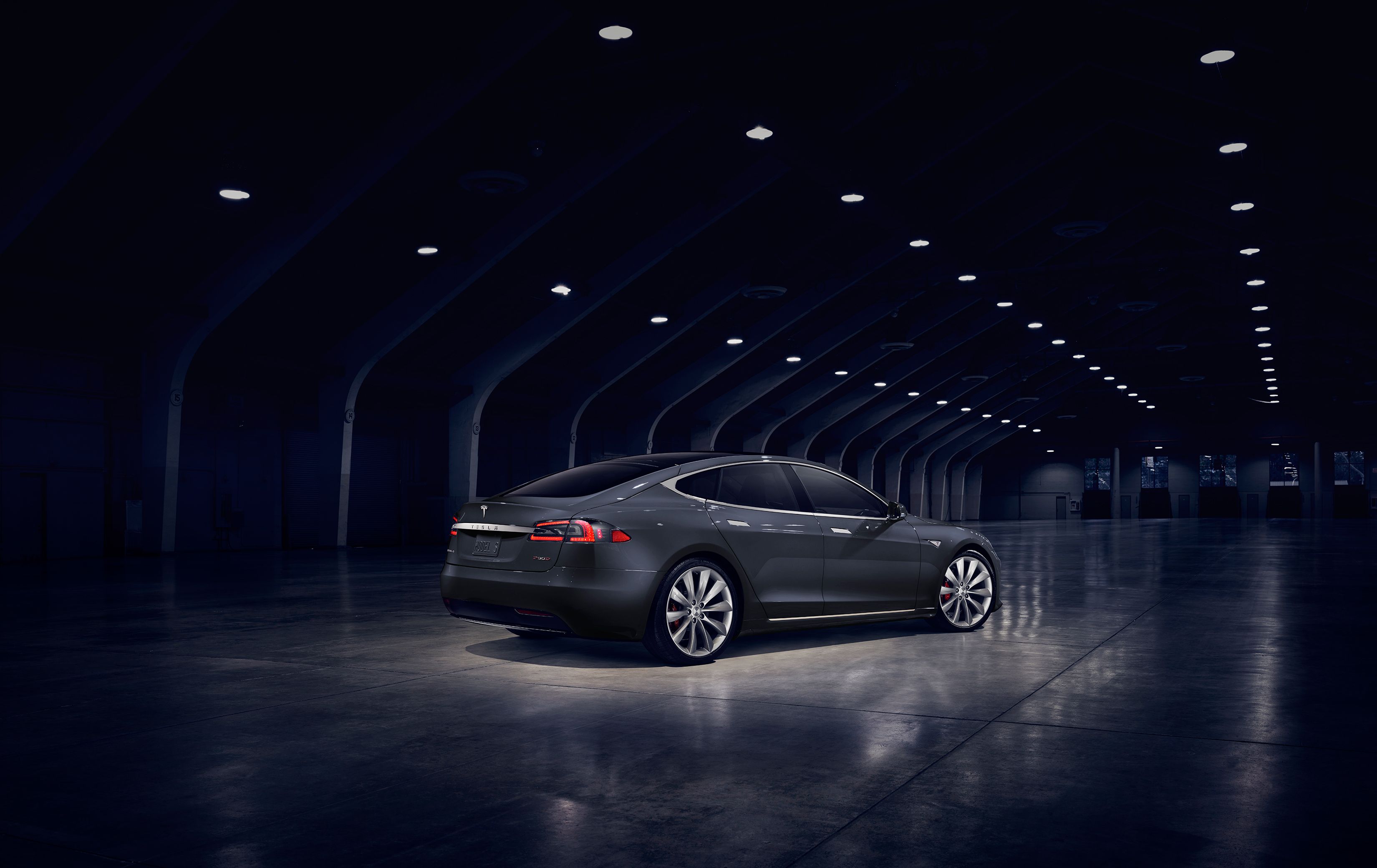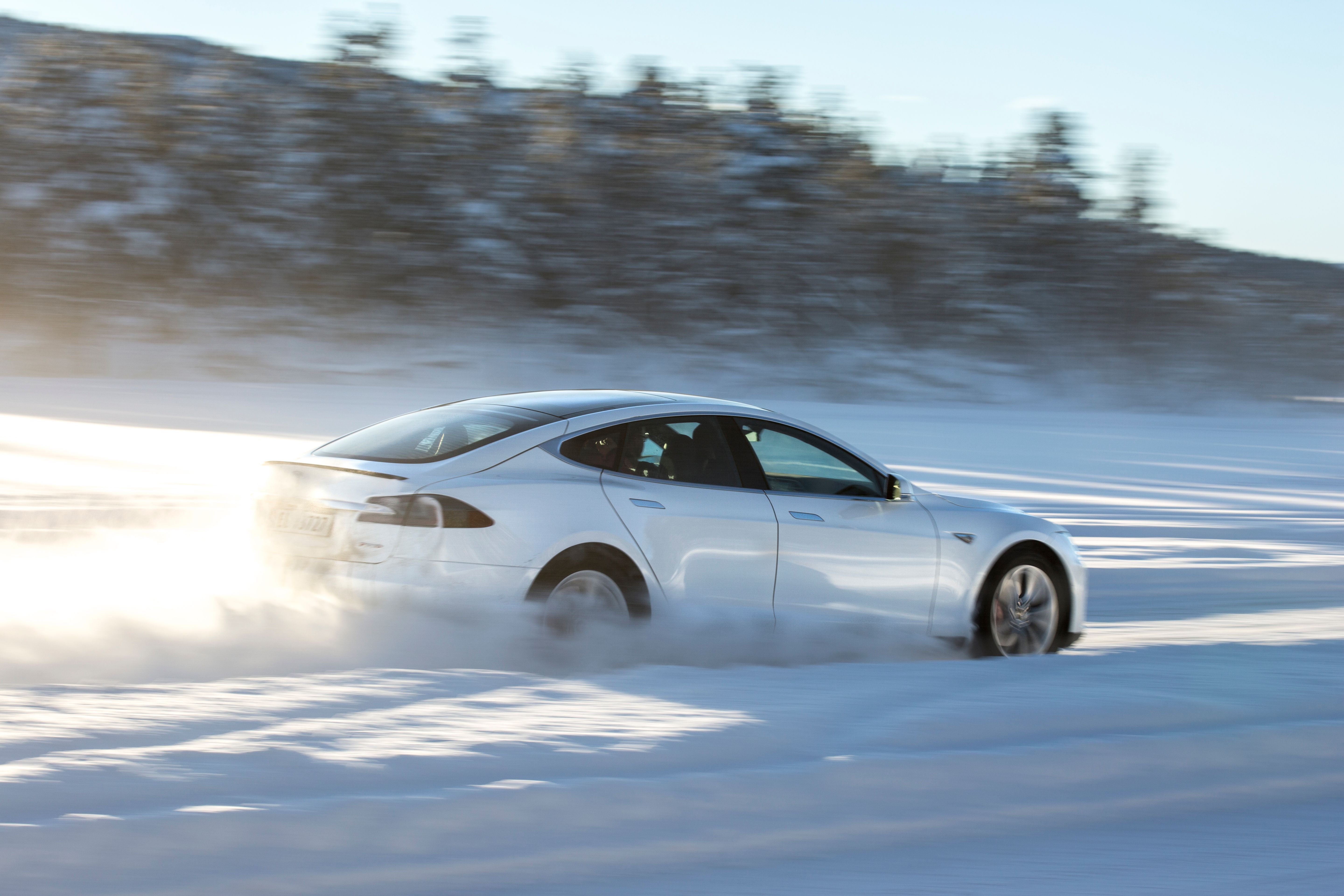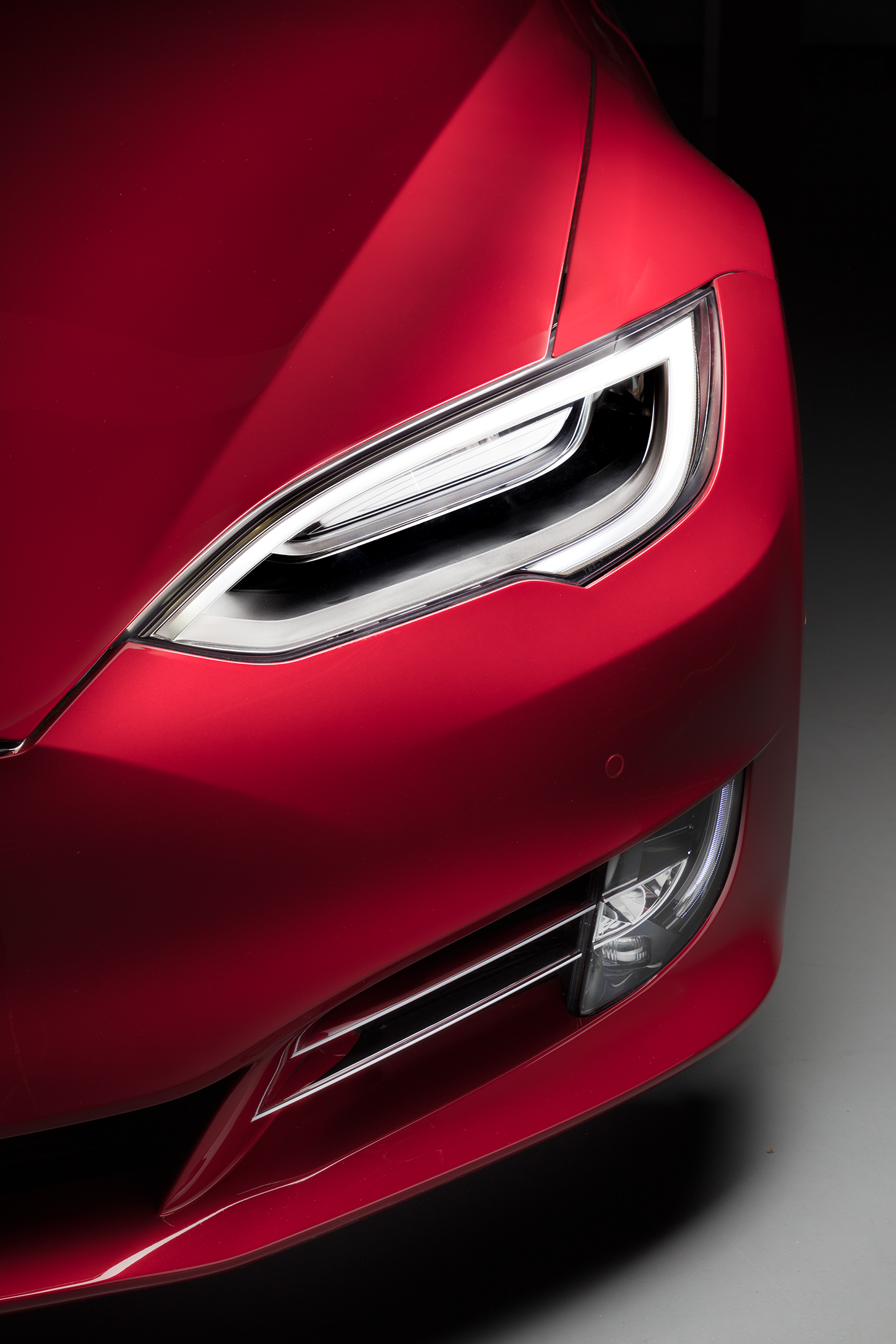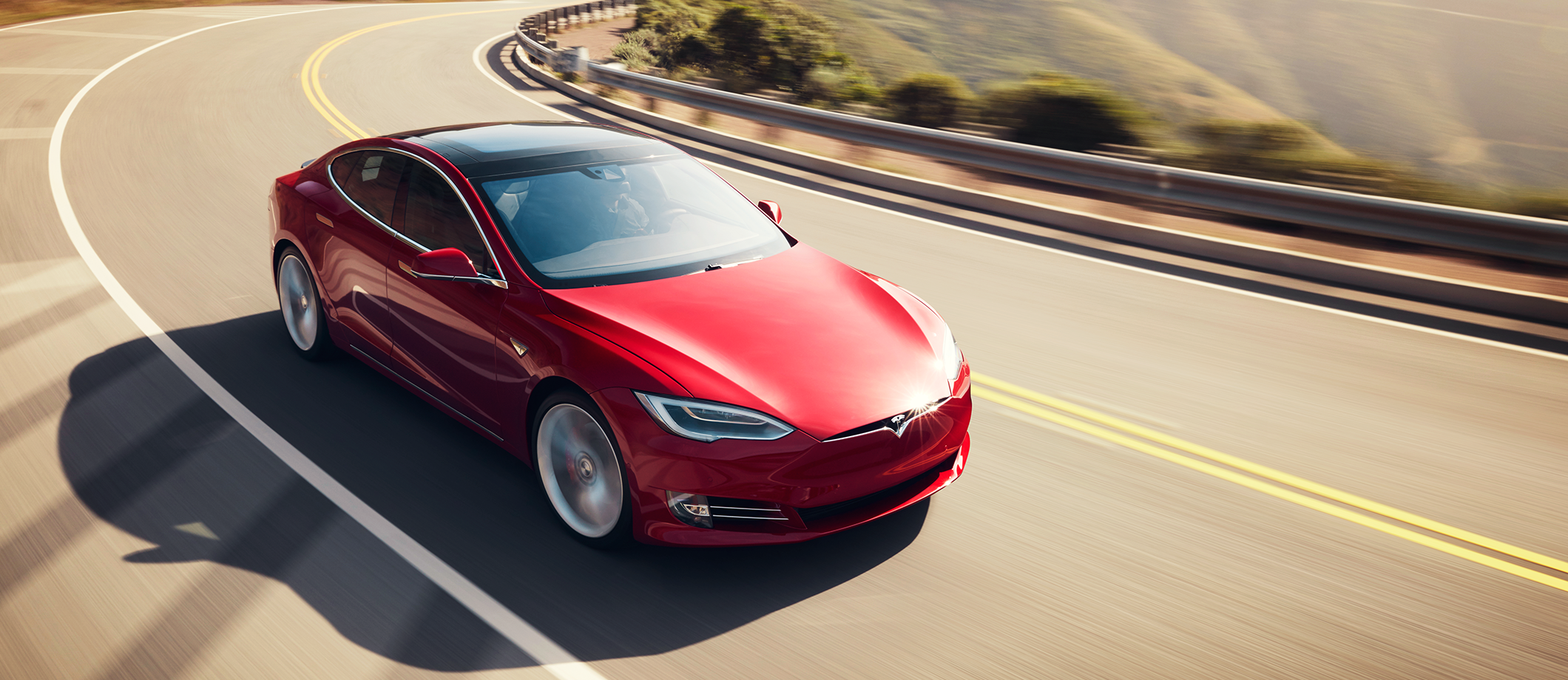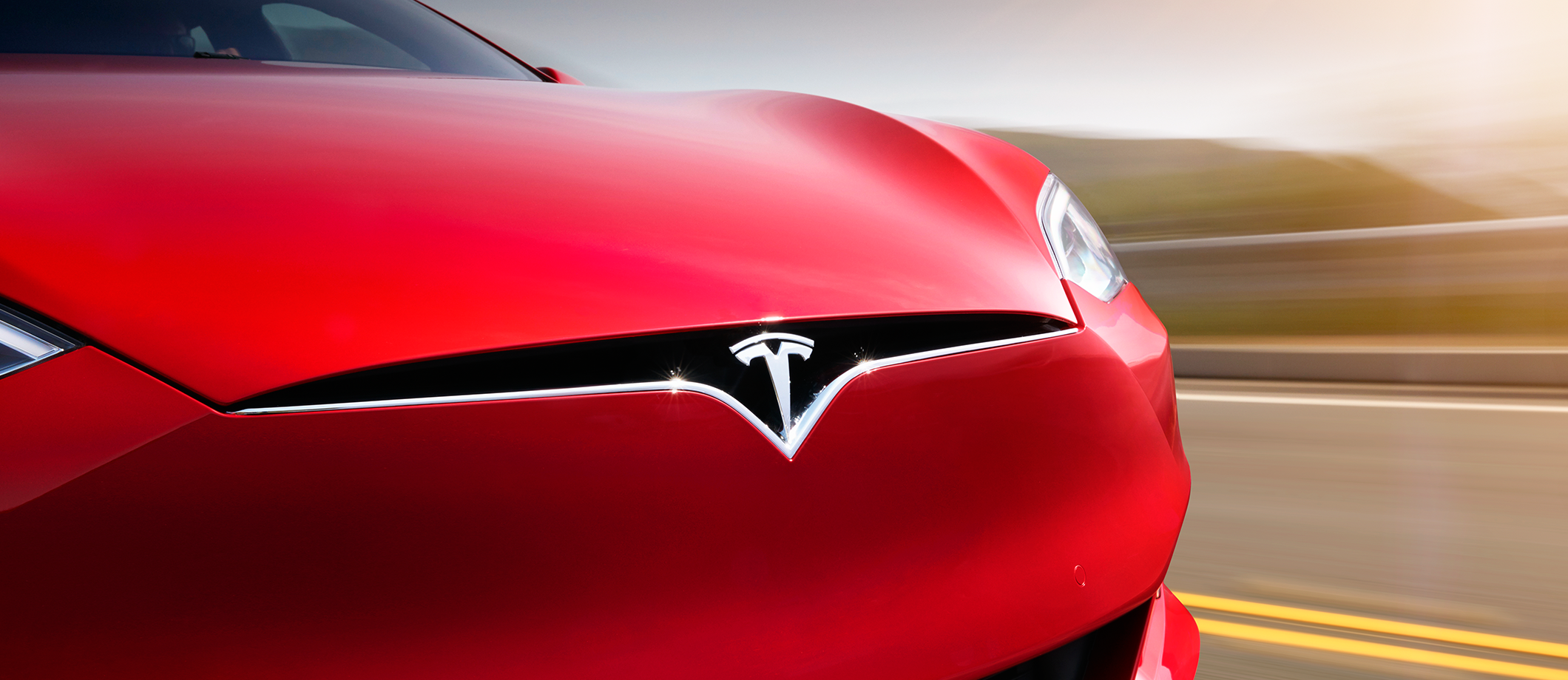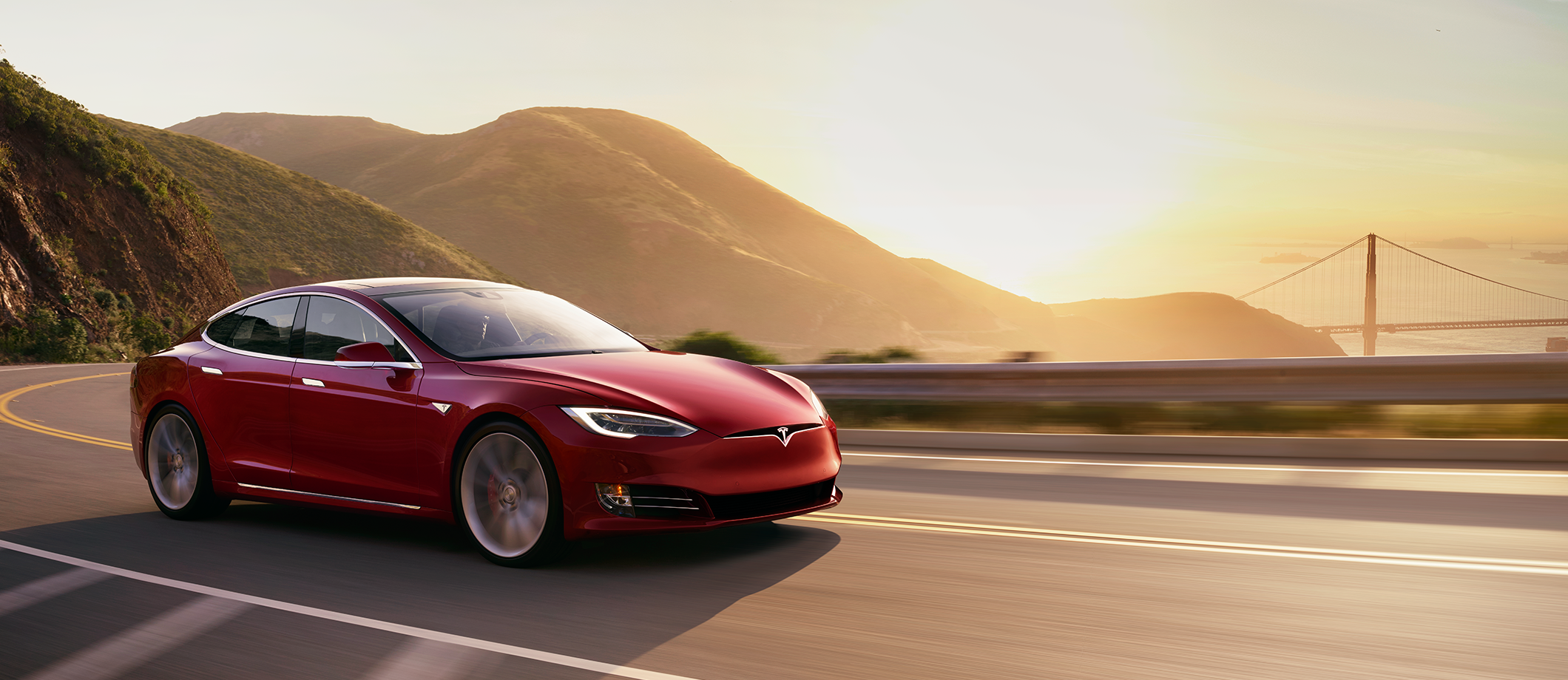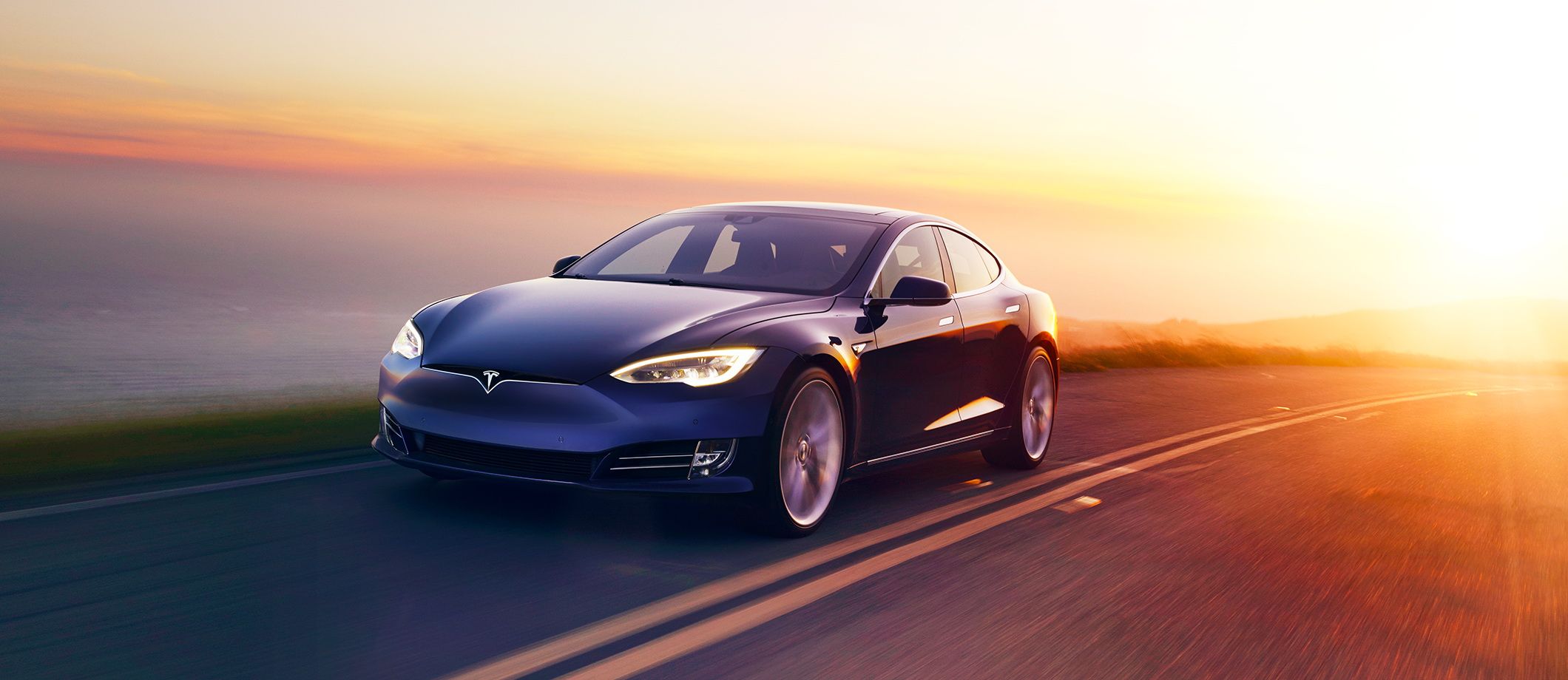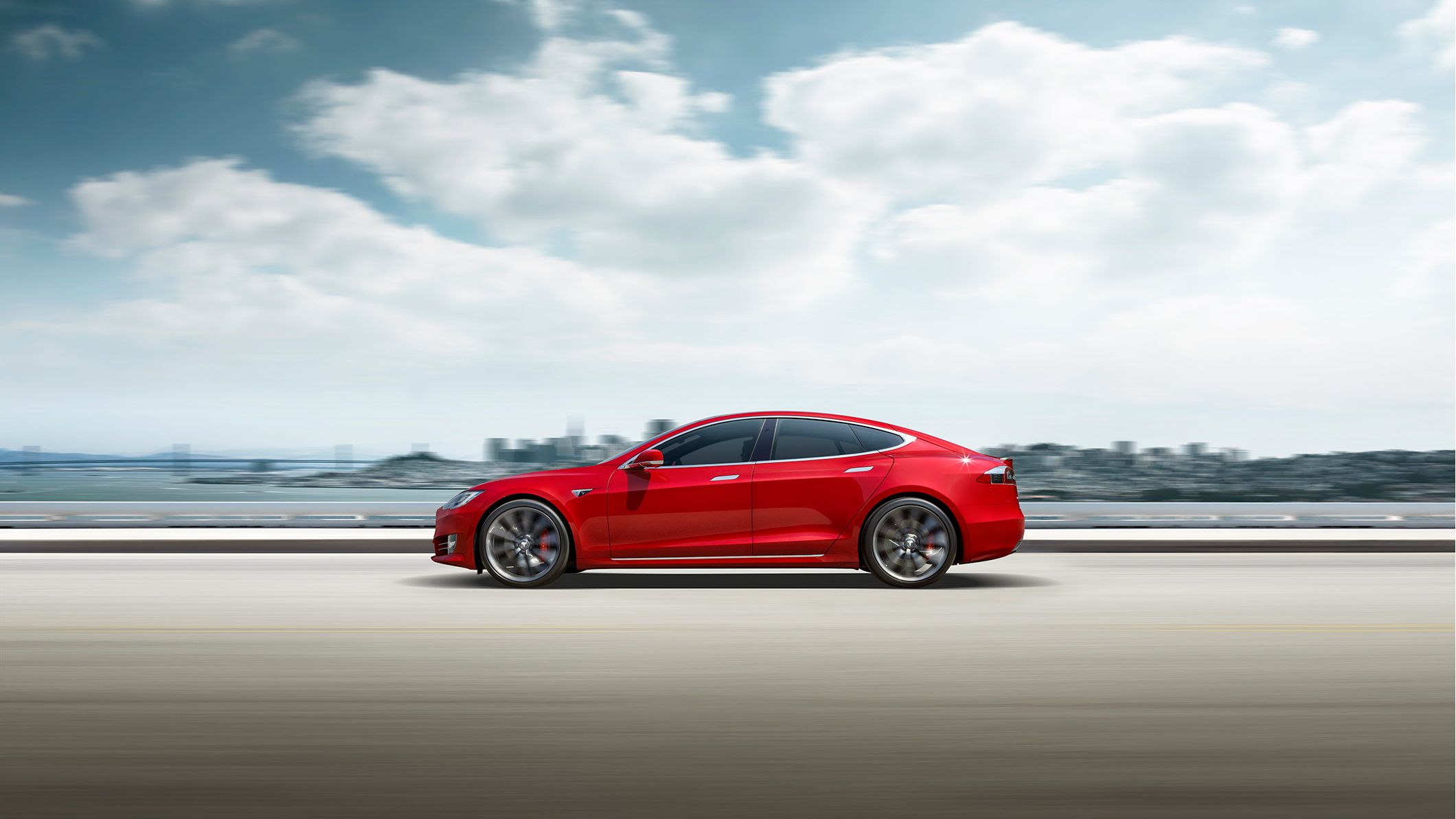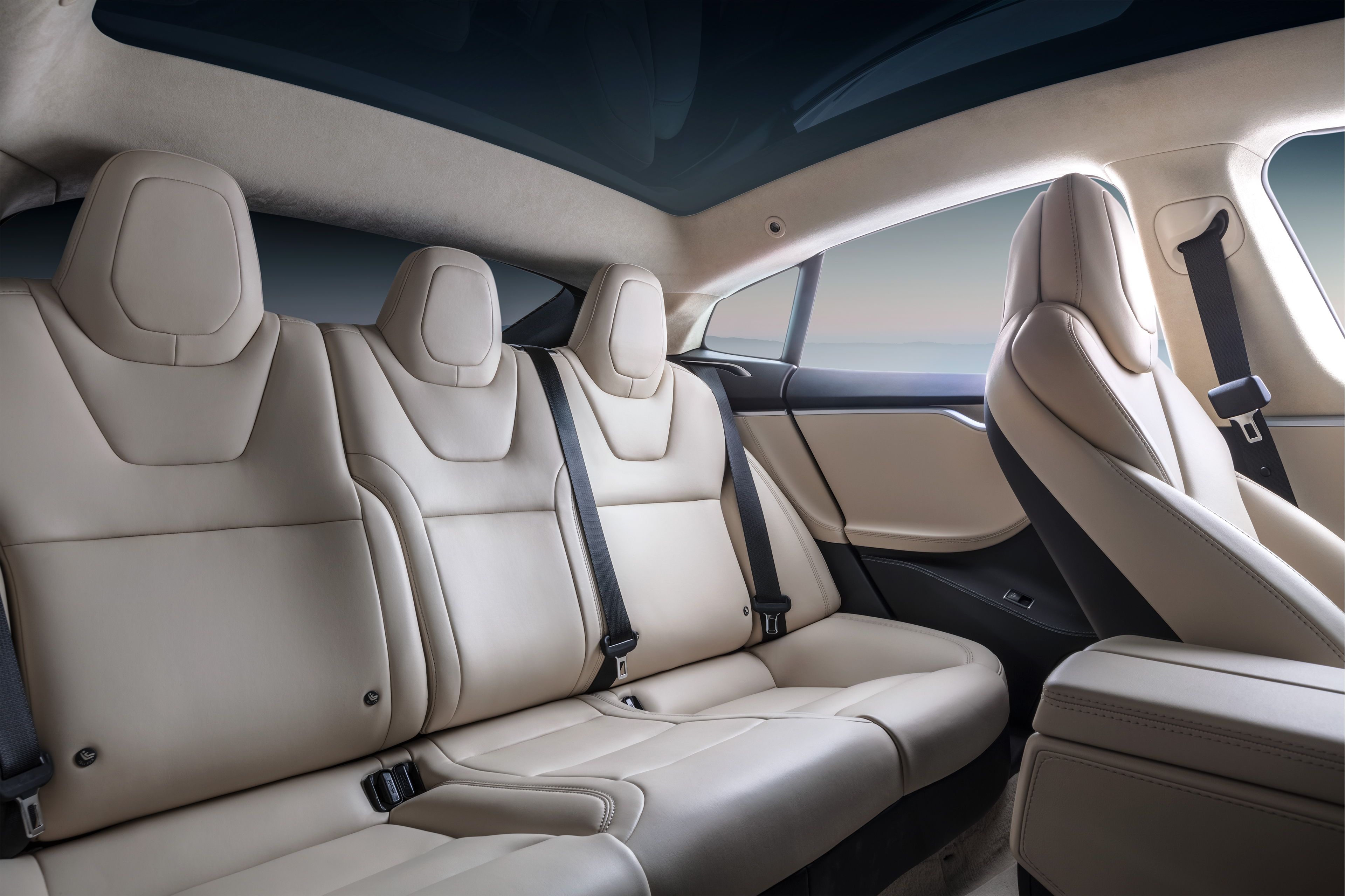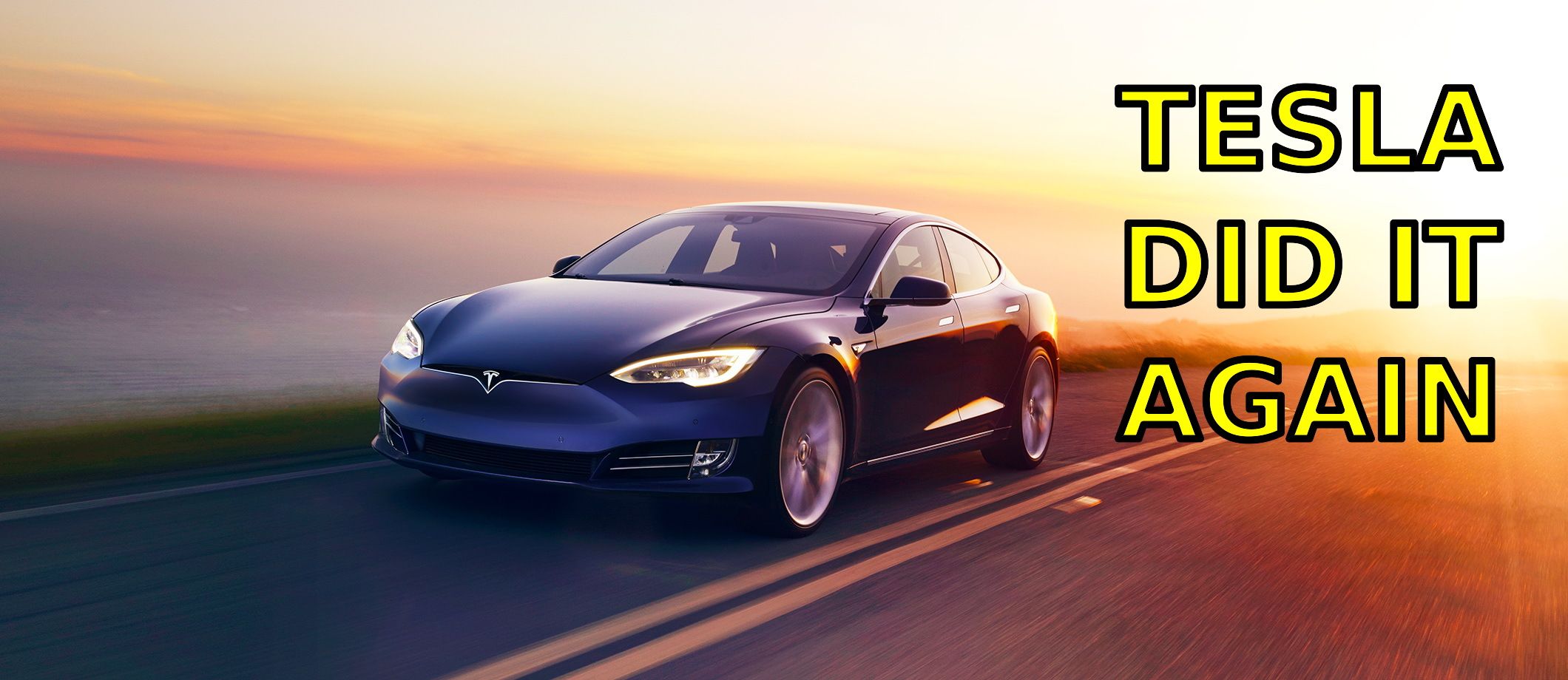Tesla->ke1842 discontinued the Roadster,->ke1843 and in quick succession, released its new Model S.->ke3329 Since then, the Model S has become widely popular and sales were good enough that Tesla has extended its offering of vehicles, now including the Model X and the soon-to-be-released Tesla Model 3. At first, the Model S sedan->ke142 came only in rear-wheel drive and featured an extended range 265 miles. Not that it wasn’t a bad initial package – Tesla did effective set the standard for all-electric vehicles, and to date, it’s still the best all-electric model you can get.
Over the past few years, the Model S has seen several updates, including a new front motor that made all-wheel-drive variants available, plus Autopilot, and Ludicrous mode. In that time frame, the range has also been increased up to 295 miles for properly equipped models. The one thing that hasn’t changed since the car's introduction, however, is the body style. But now as we approach the 2017 model year, Tesla has finally given the Model S a facelift.
Before you get to overwhelmed with excitement, be warned that the facelift is pretty minor. It was well needed, though, and the front end does sport a new look. Join me for an in-depth look at the Tesla Model S and what it brings to the table as Tesla ushers in the 2017 model year.
Update 06/09/2016: Tesla has announced that it is taking a step backward and offering a more affordable version of the Model S in 60 and 60D form. Check out the updates in our Drivetrain and Prices sections below for all the details.
Continue reading to learn more about the 2017 Tesla Model S.
2017 Tesla Model S
- Make: Array
- Model: 2017 Tesla Model S
- [do not use] Vehicle Model: Array
Exterior
When we look at the 2017 Model S, it is pretty clear Tesla didn’t put a whole lot of time into developing a new look. What it did do, however, is refine the current style, giving it a somewhat sportier appearance. Up front, you’ll notice the same hood and corner vents in the fascia. The headlights have the same overall shape, but the lens itself has changed. It now sports an LED strip that outlines the top and outer side of the lens, as well as a smaller LED strip that hangs from the upper edge.
The most important change comes in the form of a redesigned nose. The previous model had a big chrome strip that circles the point of the nose, but Tesla has done away with it all together. Instead of having a small grille positioned just above the air dam, Tesla has integrated that vent into the area just below the front hood. The Tesla emblem still sits right in the middle. With this change, the rest of the fascia is smooth, with a single but slightly taller air dam between the two corner vents. It should also be noted that the lip on the front fascia now features a small dip, further accenting the air dam.
To the sides, you’ll notice there is absolutely no change at all to the body. The Model S is offered with four different sets of wheels, starting out with the standard 19-inch, 10-spoke Silver Slipstream wheels. Next on the list is a set of 19-inch, 10-spoke Cyclone wheels that come at a $2,500 premium. For a $4,500 premium, you can step up to 21-inch Turbine wheels in gray or silver, also sporting a 10-spoke design.
Moving to the rear, there is almost no change to speak of at all. The same taillights, with the same configuration, are present. The chrome strip between them with “TESLA” embossed on it remains as well. In fact, the only noticeable difference is a small chrome accent on the bottom of the rear diffuser – naturally it sits in the area that would separate two exhaust pipes, had the Model S been designed with one of those filthy gasoline-powered engines.
The Model S comes standard with a body-colored roof, but for a $1,500 premium, you can opt for an all-glass panoramic roof. It should be noted that the panoramic roof is required if you’re interested in installing a roof rack. As far as body color goes, Solid Black and Solid White are available at no cost options. For an extra $1,000, you can opt for Titanium Metallic, Midnight Silver Metallic, Obsidian Black Metallic, Deep Blue Metallic, or Silver Metallic. Rounding out the color options are Pearl White Multi-coat and Red Multi-coat, which come at a $1,500 premium.
Interior
On the inside, very little has changed for the 2017 model year. The Model S still sports that massive 17-inch display screen that is used to control just about every function outside of the power windows and door locks. The center console still has the cup holders, but it looks like the console has been raised a bit, and now features a storage bin in the middle, right where the gear shifter would be, were this a conventional vehicle. The seats and door panels look identical to last year’s model, which is a little disappointing. I was hoping to see more dominate bolsters on the seat cushions to help keep the driver in place when going “Ludicrous.” The biggest change I’ve noticed is that the area of the dash in front of the passenger seat now has a trim insert that brings it flush with the upper dash. On previous models, this area was recessed and almost acted like a short storage pocket.
Several options are available. The first is the Premium Upgrades package, which brings Nappa leather to the armrests and dashboard, Alcantara headliner and upper dashboard seating, and soft LED ambient interior lighting. Next up, you can opt for the Subzero Weather Package, which offers heated seats throughout, a heated steering wheel, wiper blade defrosters, and wash nozzle heaters. Finally, there is the Ultra High Fidelity Sound package, which brings a larger audio amplifier, 12 speakers, and a subwoofer. Furthermore, the system is SiriusXM radio ready.
Drivetrain
The 2017 Model S is available in three different flavors. You have the base Model S 70 that comes standard with a 70 kWH battery and rear-wheel drive. Next on the list is the Model S 90D with comes with a 90 kWh battery and all-wheel drive as standard. Moving up to the range Topping P90D gives you a 90 kWh performance battery and all-wheel drive. The 70 model has a range of 230 miles and a top speed of 140 mph. In this form, the sprint to 60 mph takes just 5.5 seconds. All-wheel drive is available on the 70 for a $5,000 premium. With that extra motor in the front, the 60-mph sprint drops to 5.2 seconds and the range is increased to 240 miles. Top speed remains the same.
In 90D form, the Model S has a range of 294 miles – the best you can get at the moment – and a top speed of 155 mph. Only available in all-wheel drive, the 90D can hit the 60-mph sprint in 4.2 seconds. Moving up to the range-topping P90D brings you a range of 270 miles – 20 less than the 90D due to the added performance. The 60 mph sprint takes 3.1 seconds on the way to a top speed of 155 mph. The P90D is also available with the Ludicrous Speed upgrade, which drops the 0-to-60 time down to 2.8 seconds. In addition to this, the P90D comes standard with red brake calipers.
Options available across all trims include Autopilot Convenience Features, which allows the Model S to drive itself under certain conditions on the highway. Next on the list is Smart Air Suspension, which allows you to adjust the ride height of the vehicle via the 17-inch touchscreen display. The system will also remember your settings and automatically adjust ride height based on your GPS location.
Update
On June 9, 2016, Tesla announced that it was taking a step backward and would now offer a Model S 60 and an all-wheel-drive Model S 60D. The new S 60 will have a range of more than 200 miles and can hit 60 mph in 5.5 seconds. Top speed will sit at 130 mph, which is a far cry from that of the high-trim levels but it does come at a more affordable price. The interesting thing about the new 60 models is that, despite only having 60 kW of power on tap, it is actually equipped with a 75 kWh battery that is limited to 60 kWh. The battery itself is governed by onboard software, and the remaining 15 kWh can be unlocked later on at a premium through a software update. Furthermore, the new trim will come with the availability of Tesla’s active safety features and autopilot system.
Prices
The Model S 70D starts out at $84,000 before any tax credits or options. Moving up to the 90D will set you back $97,000, and the P90D will set you back $117,000. Keep in mind that here in the U.S., there is a $7,500 tax credit offered to new purchasers, as well as state incentives in California, Colorado, Delaware, Louisiana, Maine, Maryland, Pennsylvania, Tennessee, and Utah, so the cash price is often a bit lower depending on where you live.
As for options, well you already know about the various wheel options for $2,500 and $4,500, as well as the cost of the panoramic roof. All trim levels can be options with Autopilot at a premium of $2,500. If you wait until after delivery, Autopilot can still be enabled, but it will set you back $3,000. The Premium upgrades package with the high-end interior materials as well as a power liftgate, LED fog lights, LED turning lights, and lighter door handles will set you back $3,000. The air suspension system comes at a $2,500 premium. The Subzero Weather Package comes at a $1,000 premium, and the Ultra High Fidelity Sound system comes at the cost of $2,500. Rear facing seats are available for $3,000, and a high-amperage charger can be equipped for $1,500.
The P90D comes with a few options of its own. The red brake calipers are included in the purchase price, but if you want that sporty, carbon fiber spoiler, you’ll have to shell out an extra $1,000. The most expensive option of them all, however, is the Ludicrous update. As you know, it decreases the 60-mph sprint time and enables the Model S to hit the quarter mile in 10.9 seconds. Total cost for this upgrade: $10,000.
Fully equipped, a P90D will set you back $144,000 before any incentives. The 90D comes fully equipped for a cash price of $113,000, and the 70D tops out at $100,000, even when fully equipped.
Update
With the introduction of the new S 60 and S 60D entry-level trims, the Model S is now a little more affordable with the new S 60 starting with a sticker price of $66,000. Of course, that isn’t much cheaper than the current S 70, but Tesla wants you to remember that after government incentives and fuel costs, the new entry level trim has an “effective cost of ownership” that is around $50,000. Tesla has yet to announce how much it will cost to unlock the full potential of the 75 kWh battery hidden in the chassis or the cost of unlocking the autopilot and active safety features, but you can be sure they will come at a fairly steep cost.
|
Model |
Price |
|
Tesla Model S 70D RWD |
$71,500 |
|
Tesla Model S 70D AWD |
$76,500 |
|
Tesla Model S 90D |
$89,500 |
|
Tesla Model S P90D |
$109,500 |
|
Tesla Model S 60 RWD |
$66,000 |
|
Tesla Model S 60D AWD |
$71,000 |
Options
|
Ludicrous Speed Upgrade |
$10,000 |
|
Carbon Fiber Spoiler |
$1,000 |
|
Autopilot Convenience Features |
$2,500 |
|
Premium Upgrades Package |
$3,000 |
|
Smart Air Suspension |
$2,500 |
|
Subzero Weather Package |
$1,000 |
|
Ultra High Fidelity Sound |
$2,500 |
|
Rear Facing Seats |
$7,000 |
|
High Amperage Charger Upgrade |
$1,500 |
Competition
Porsche Panamera S E-Hybrid
Considering Tesla still dominates the world of electric cars, we have to look to hybrid vehicles to even come close. The first on my list is the Panamera S E-Hybrid. Currently, we’ve only seen spy shots of the 2017 E-Hybrid, but it’s shaping up to be a sporty looking model. In current form, the car has a V-6 powertrain that pumps out 333 horsepower and a 95-horsepower electric motor.
With the current hybrid system intact, the car has an all-electric range of about 16 miles, but we’re expecting the 2017 model to have a range of at least 20 miles. I know, it seems laughable compared to the Model S, but nobody else has can offer the same battery technology as such a low price, so this is about as good as it gets in this price range. Speaking of price, the Panamera currently starts out at $96,100, so expect the E-Hybrid to claim $100,000 when it makes its debut for the 2017 model year.
Read our full review here.
BMW i8
I know, the i8 is a coupe, but it’s the really the only other car at the moment that really competes in the same performance and price brackets. The i8 has a 1.5-liter three-cylinder engine that powers the rear wheels with 231 horsepower and 236 pound-feet of torque. Up front, it has an electric motor that pushes out 131 horsepower and 184 pound-feet of torque.
Running in all-electric mode, the i8 achieves somewhere between 22 and 25 miles before battery depletion, which again, is laughable compared to the Model S. The i8 can hit the 60 mph sprint in just 4.2 seconds, achieves 76 MPGe and has a total range of up to 330 miles with the gasoline engine at its disposal. At the time of this writing, the i8 starts out at $140,700.
Read our full review here.
Conclusion
It’s about time that Tesla came out and made some changes to the model S. Considering it has been unchaged since 2012, I suppose you could consider this a mid-cycle facelift, but I was really hoping to see more change all the way around. The front nose has changed quite a bit, so that is good, but outside of that, the car is pretty much the same. Some new body lines, even some new taillights would have been welcomed.
On the inside, I didn’t expect to see the 17-inch screen change at all, but Tesla could have put the time into coming up with a new seat design, or at least increasing the side padding to prevent side-to-side movement during more extreme maneuvers. Either way, the Model S is really in a category of its own, so I suppose the competition isn’t strong enough to warrant any groundbreaking changes – at least not yet anyway.
Every dog has his day, though, and eventually other automakers are going to catch up. When that happens, Tesla better be able to step outside of the box and make some significant changes, or it might find itself losing customers.


